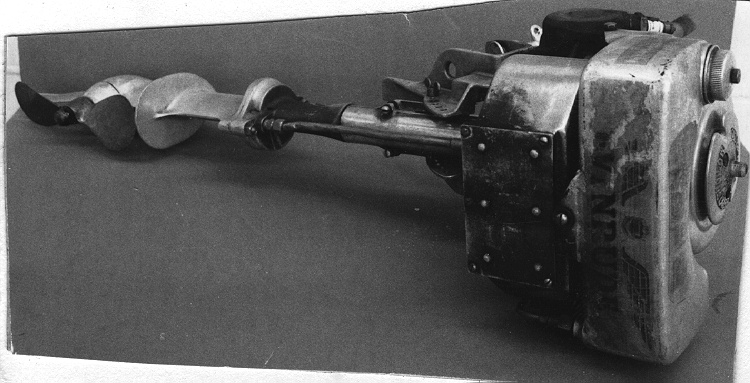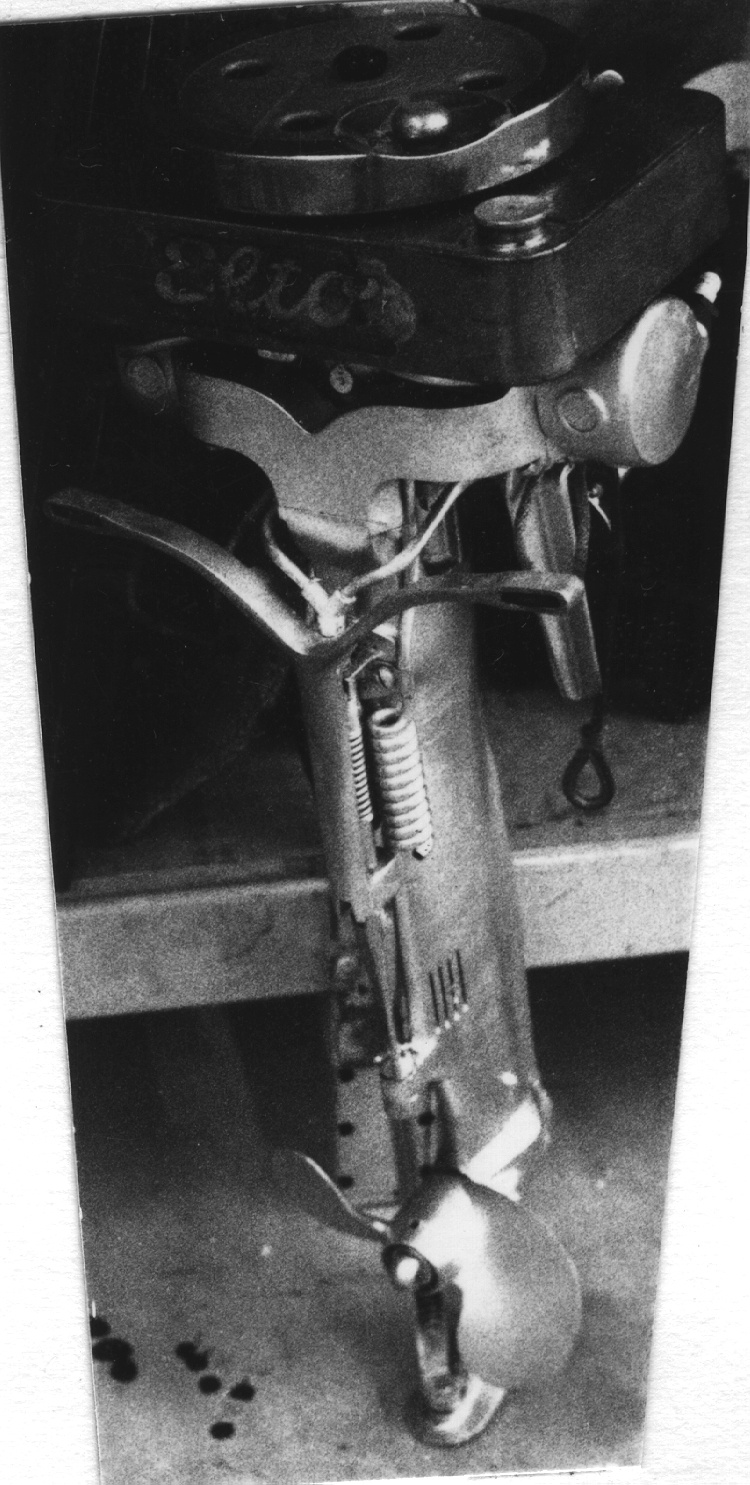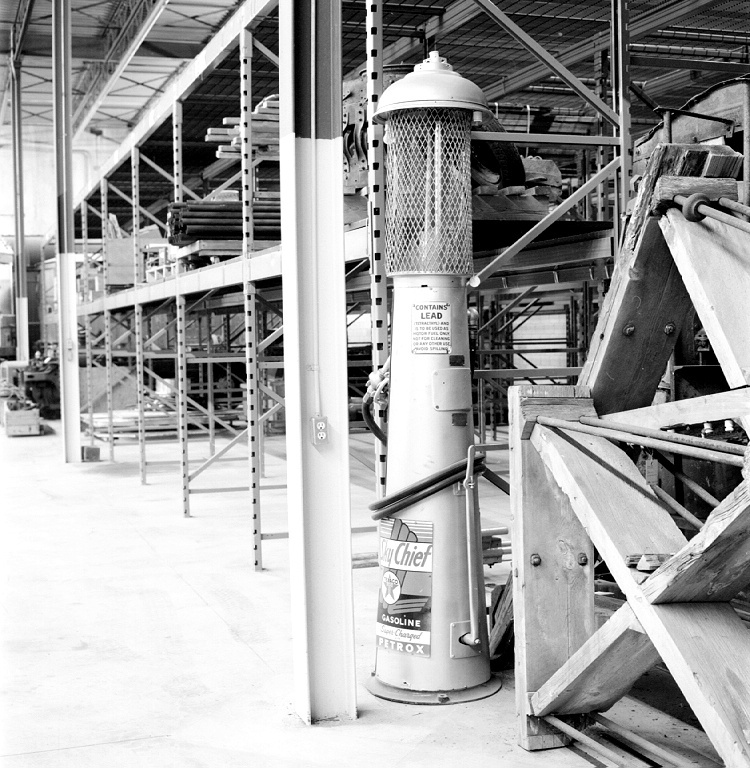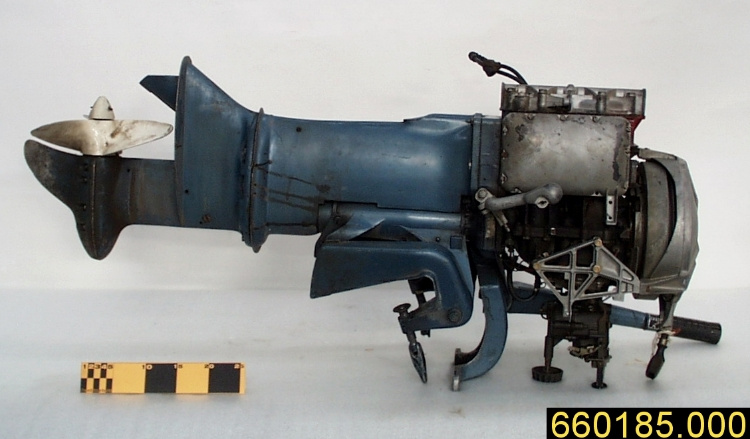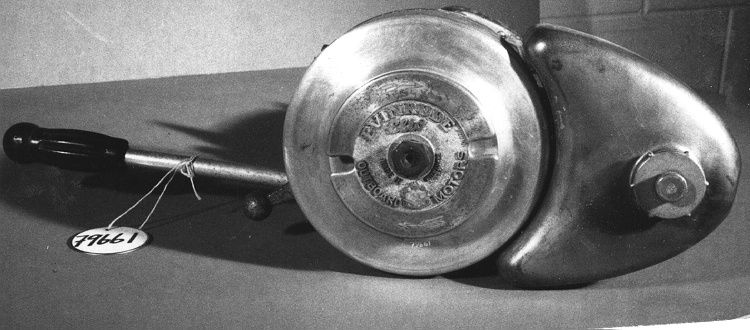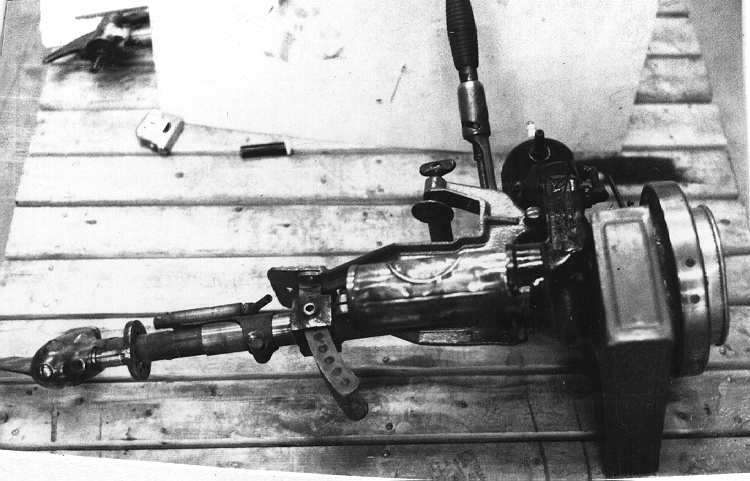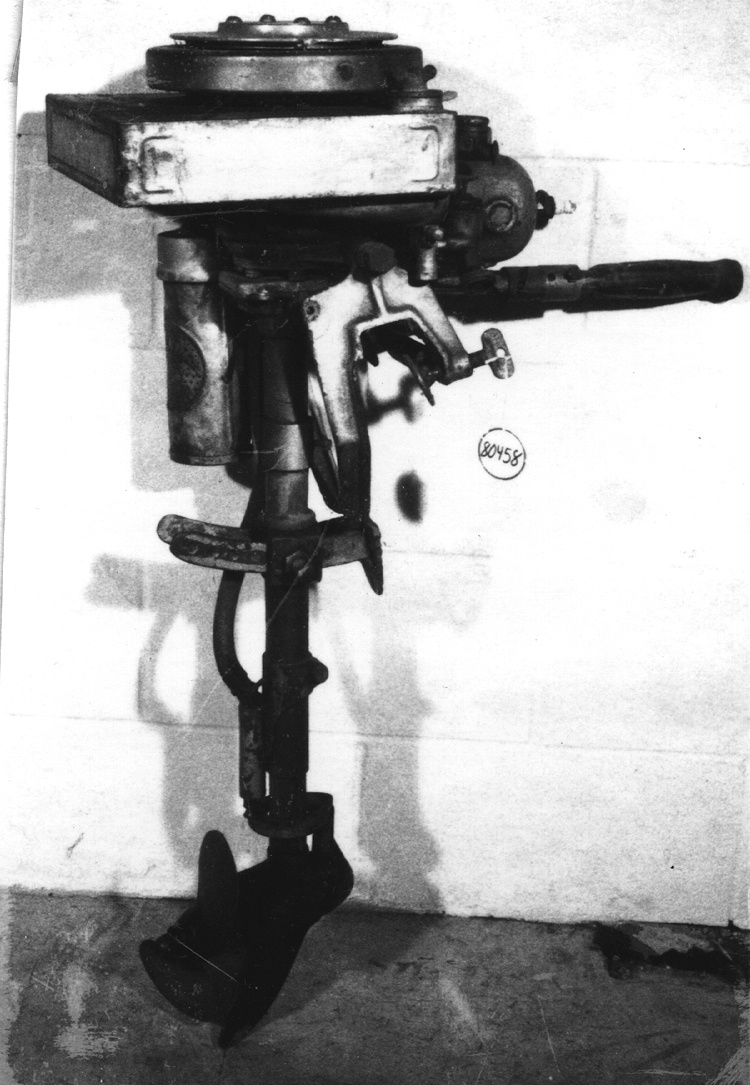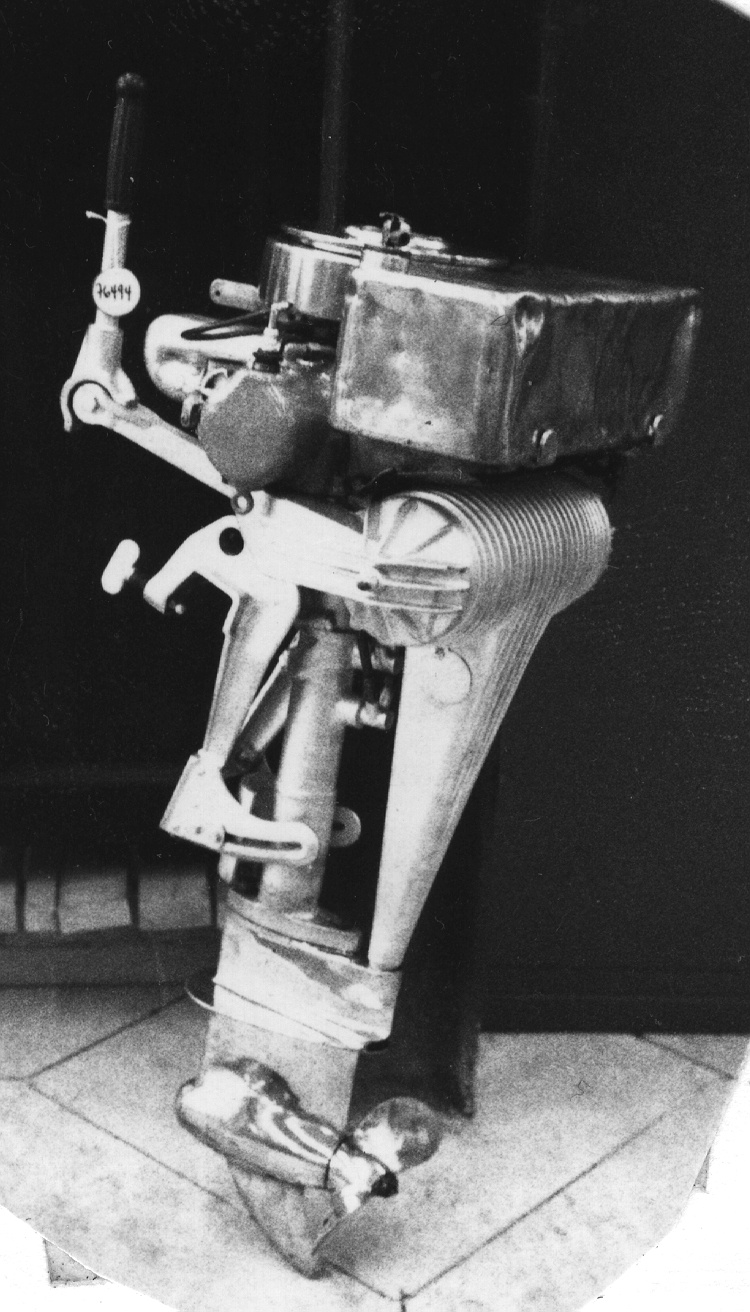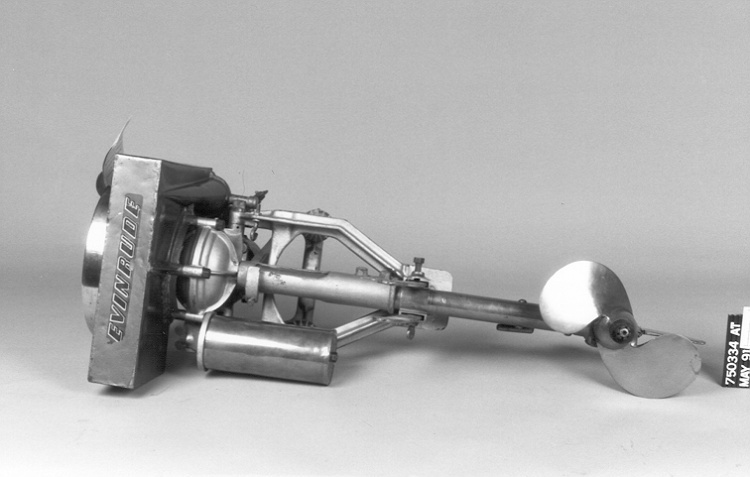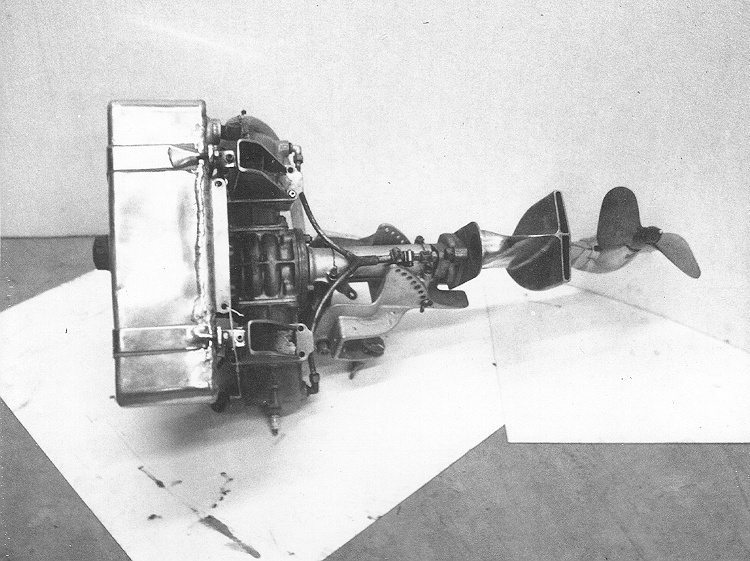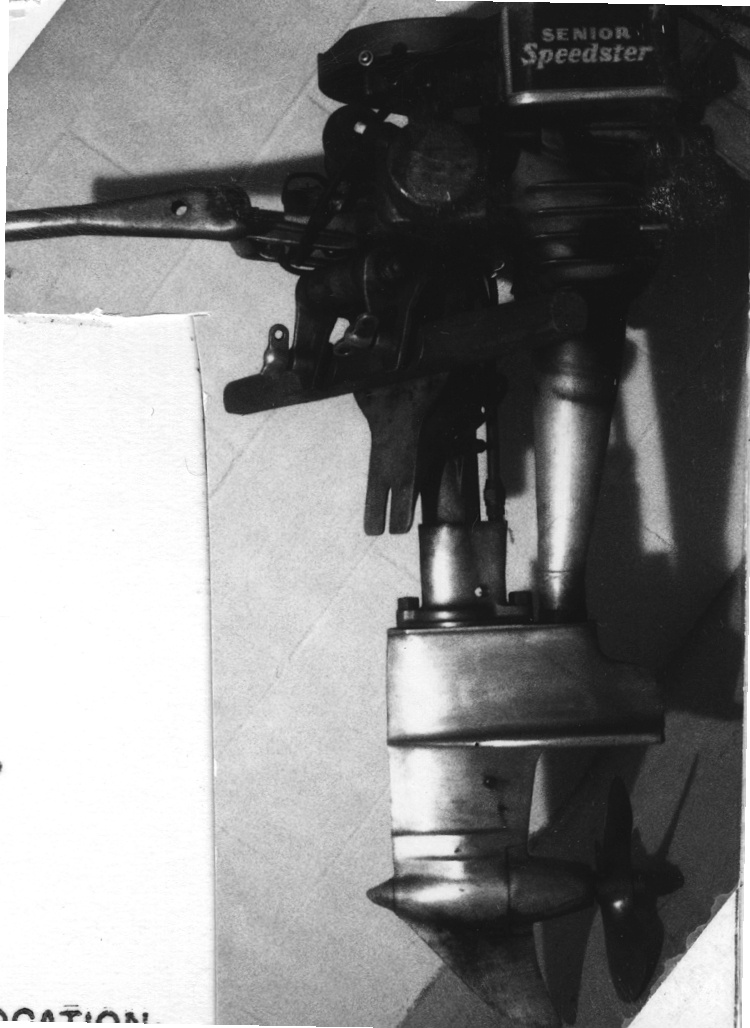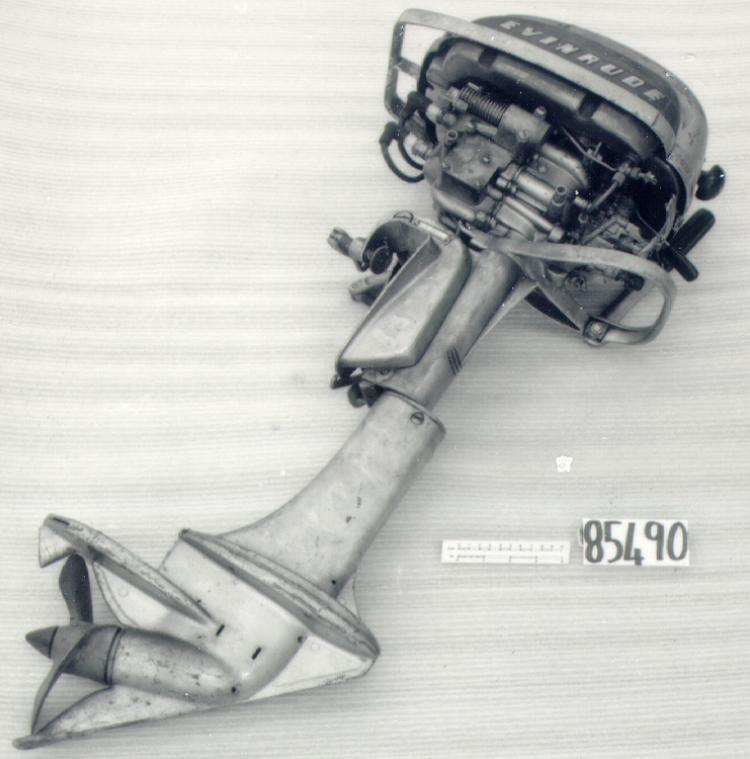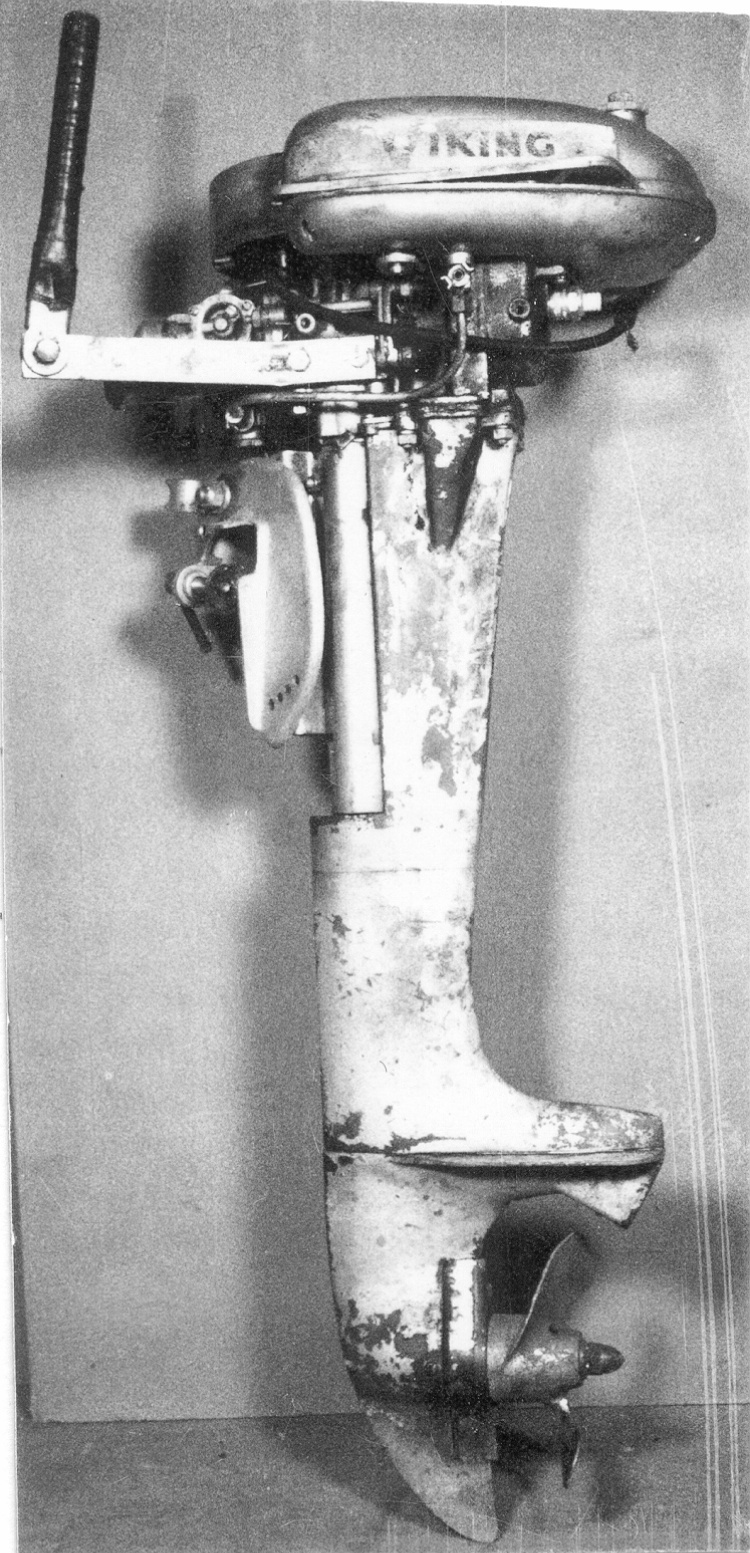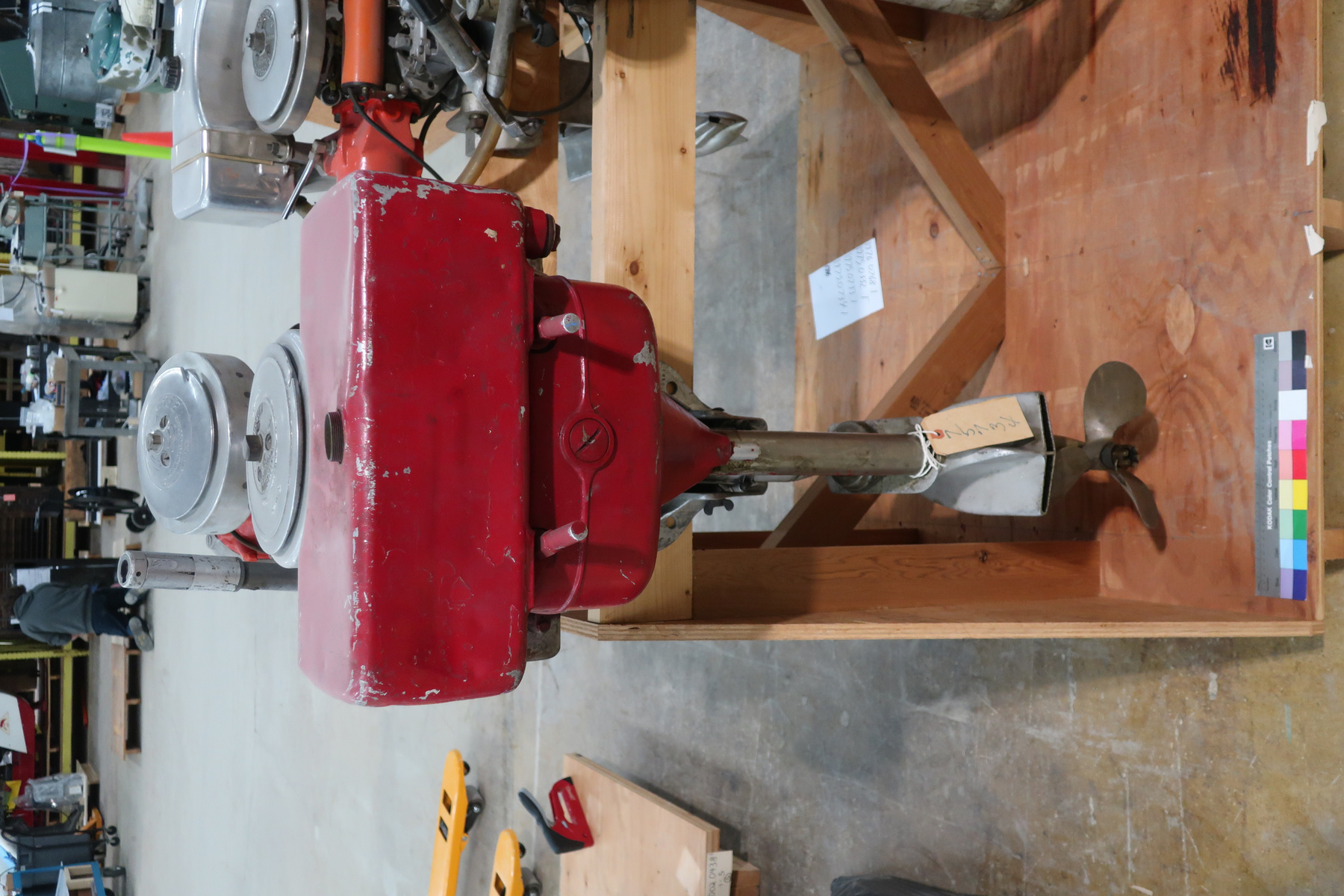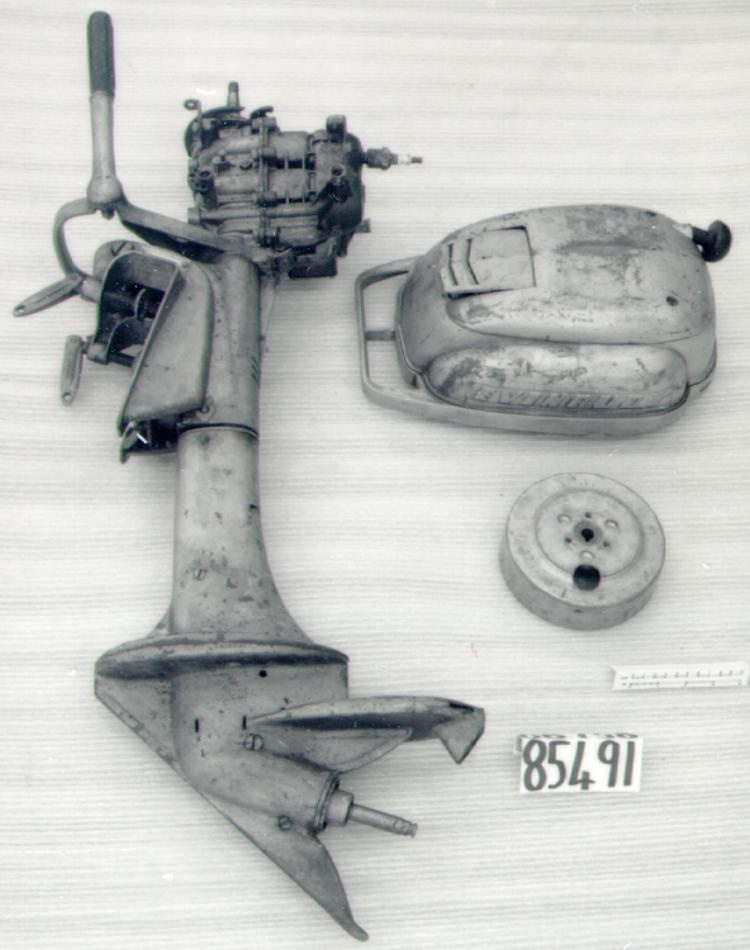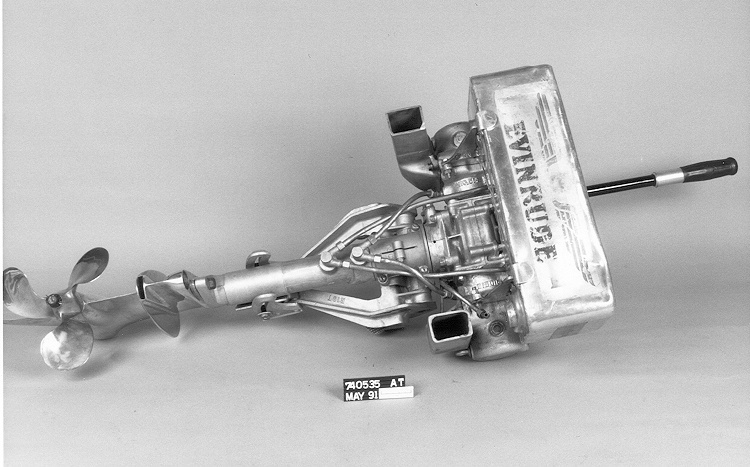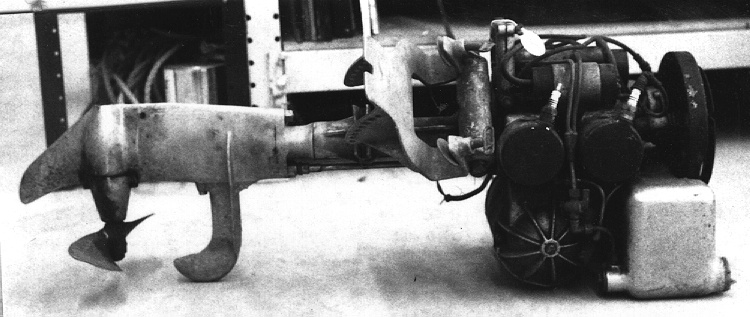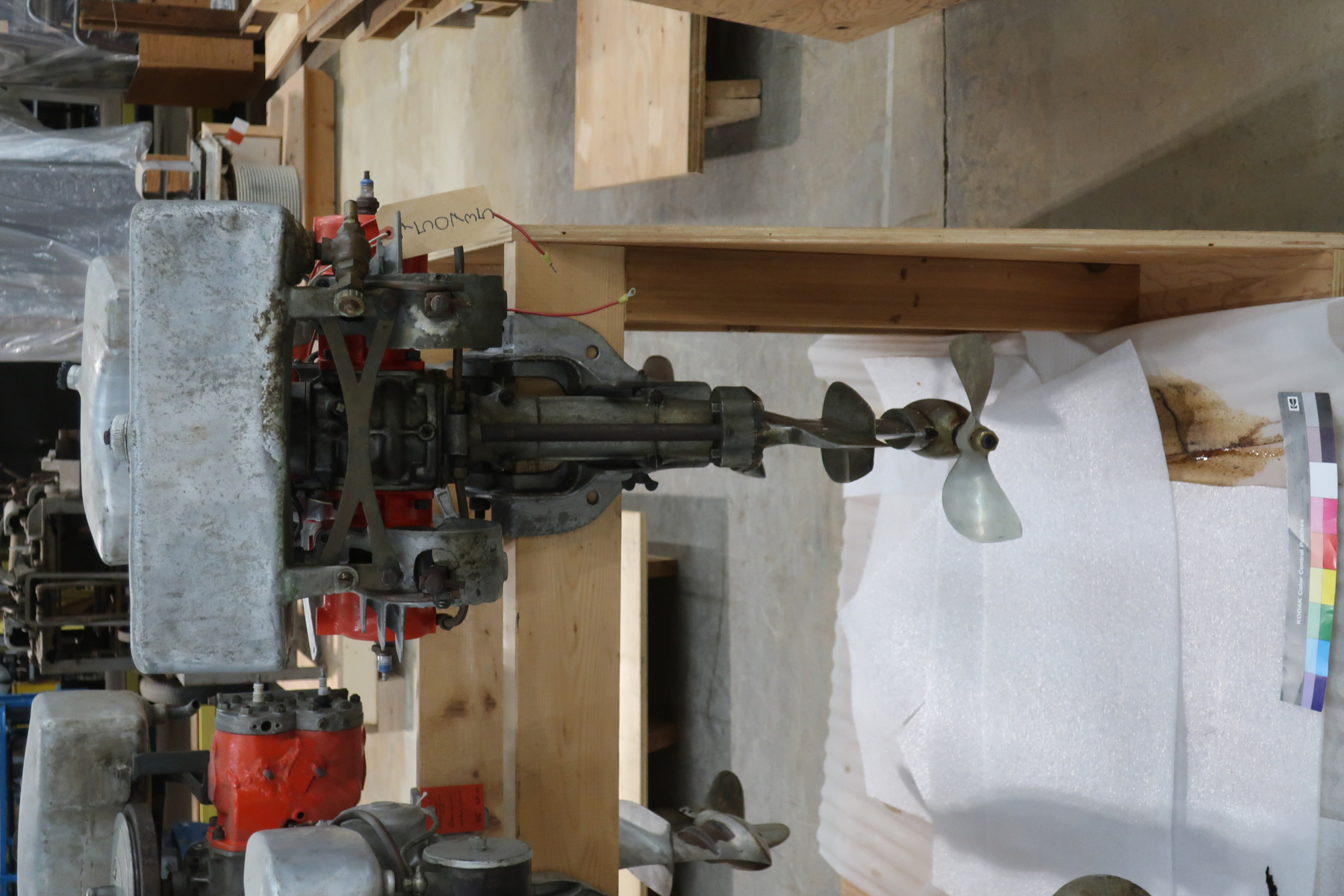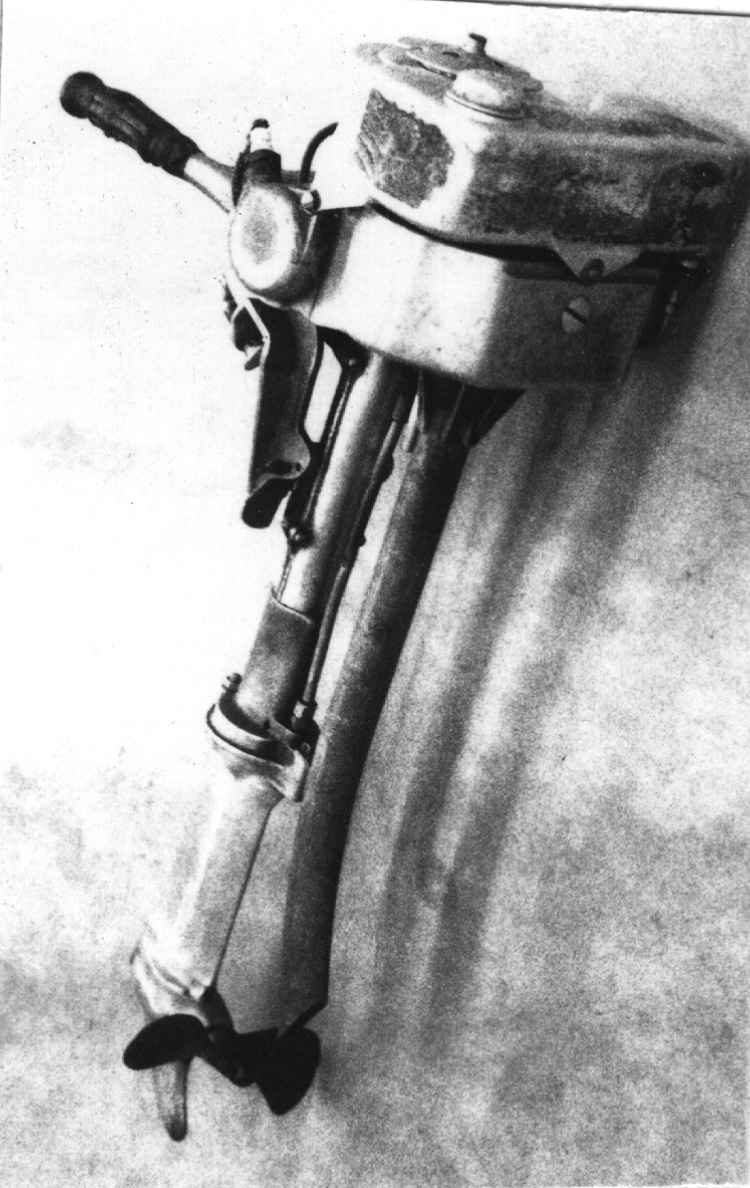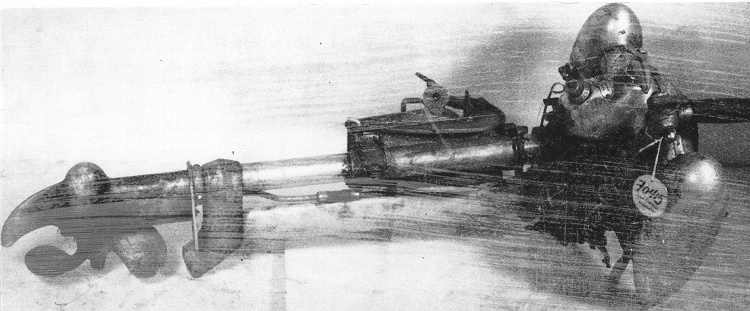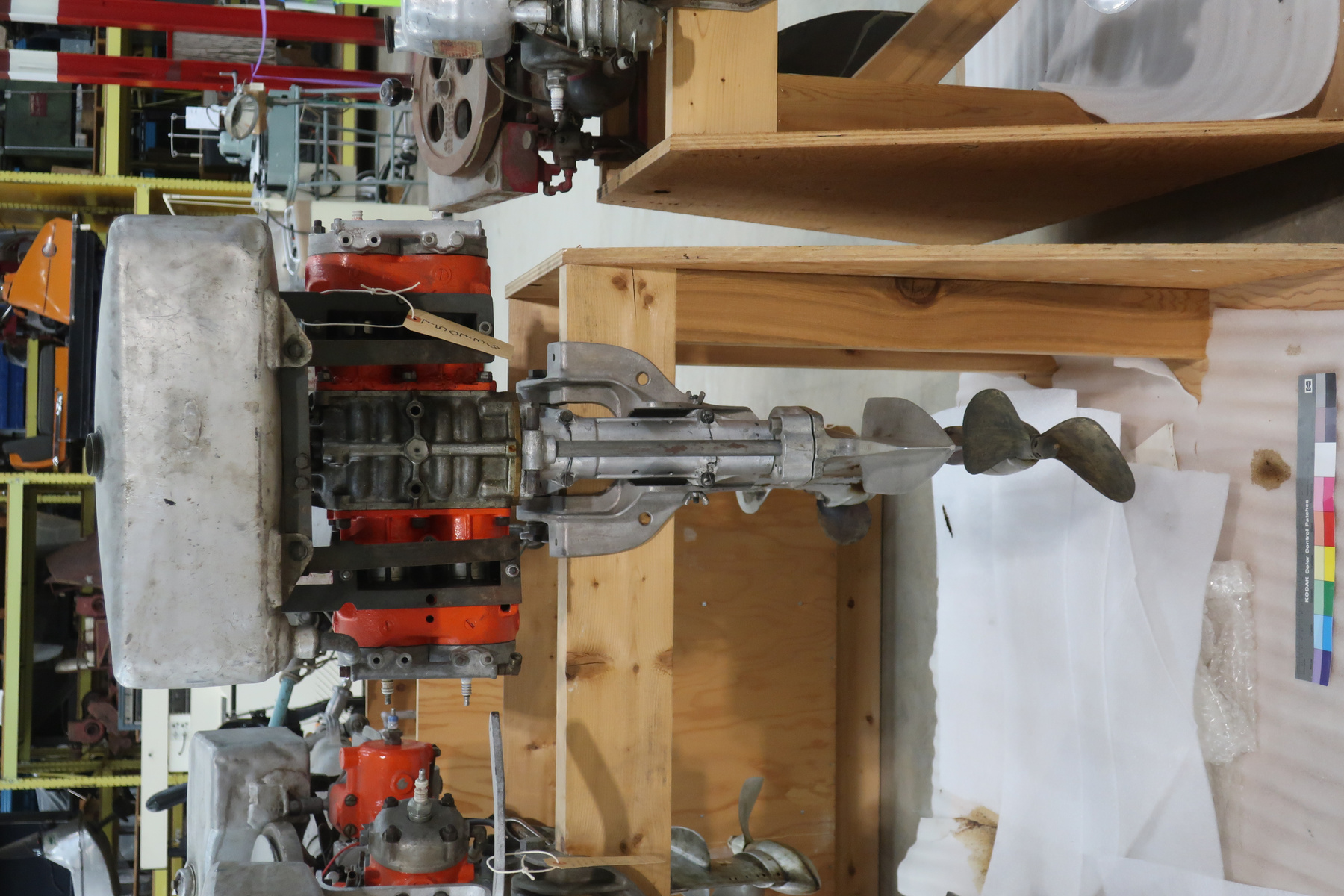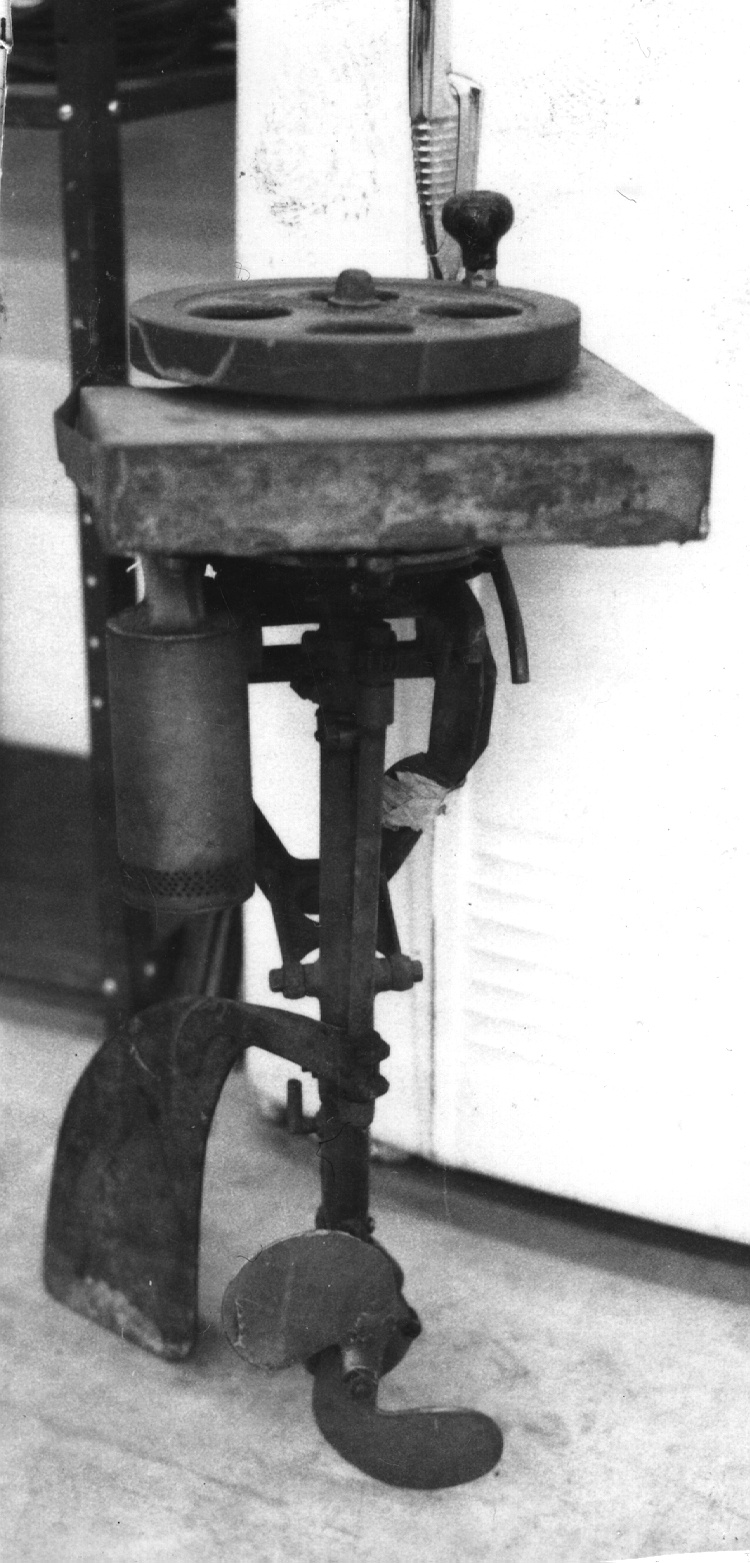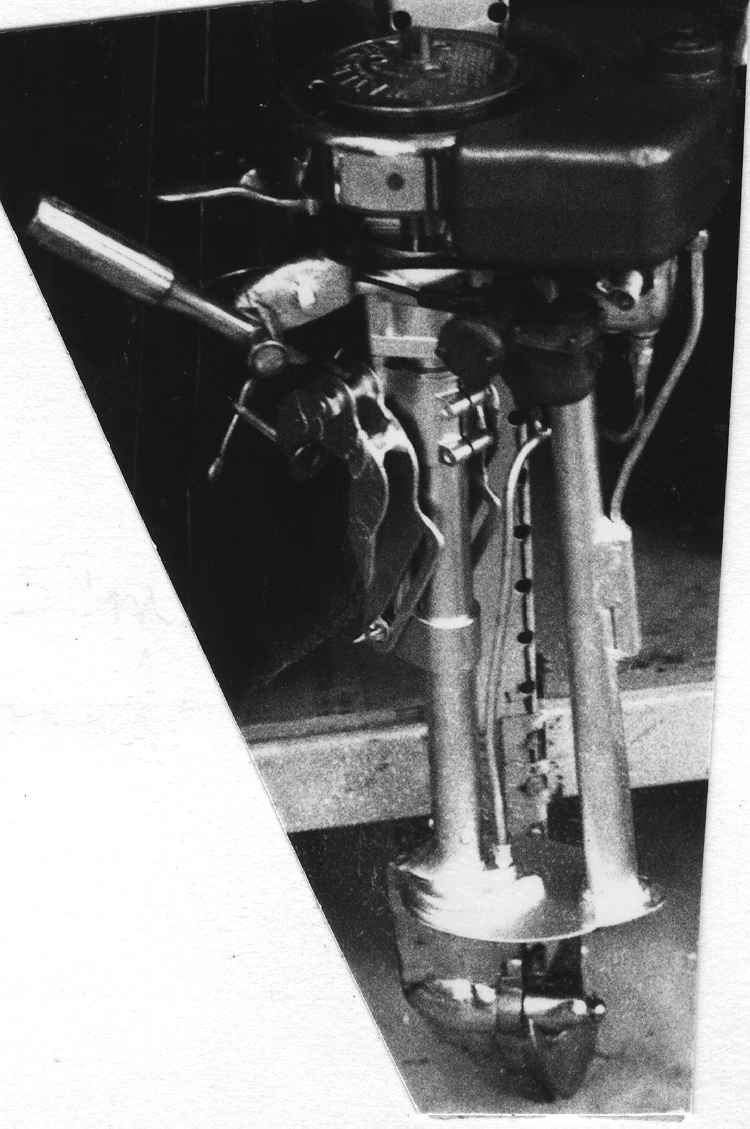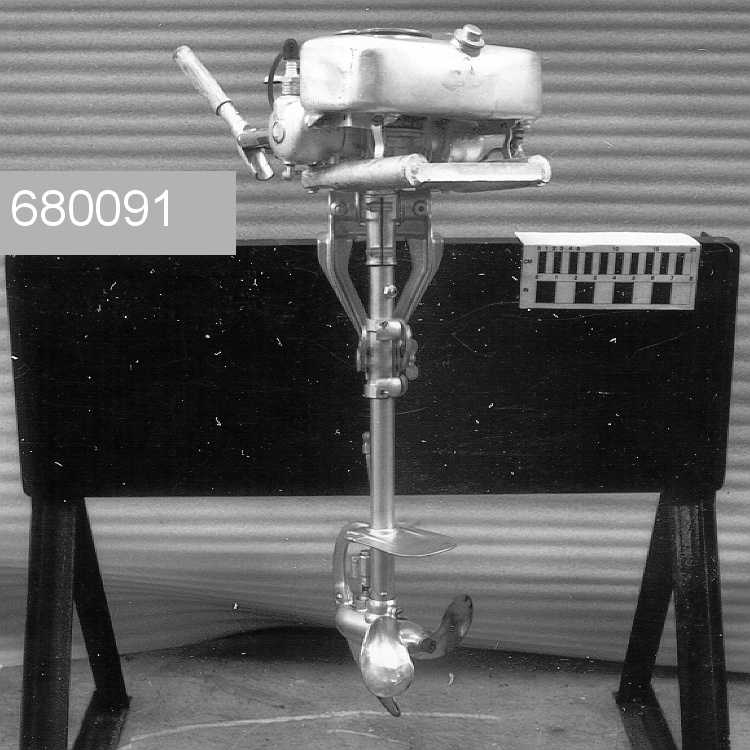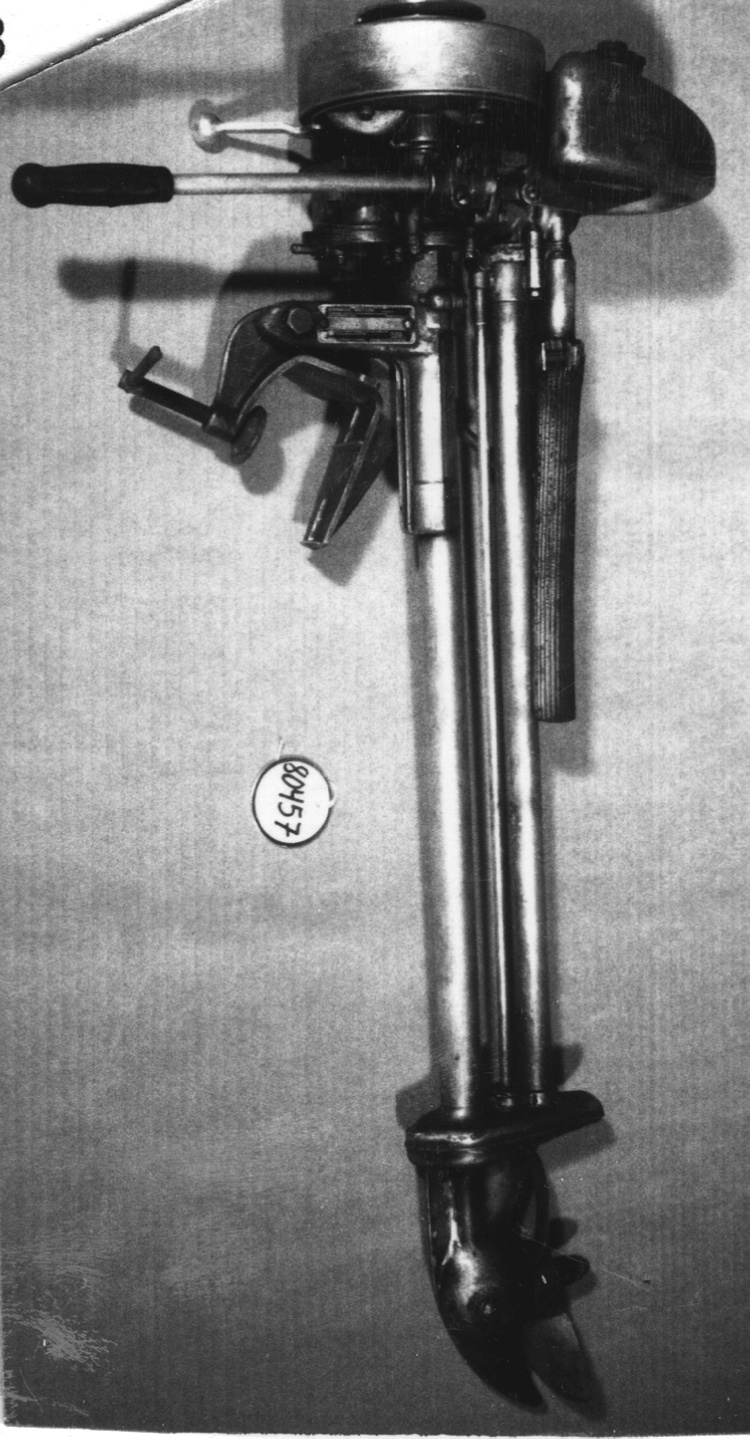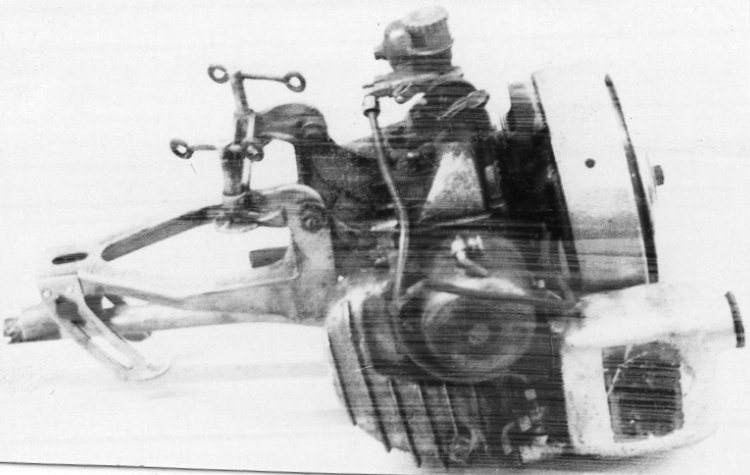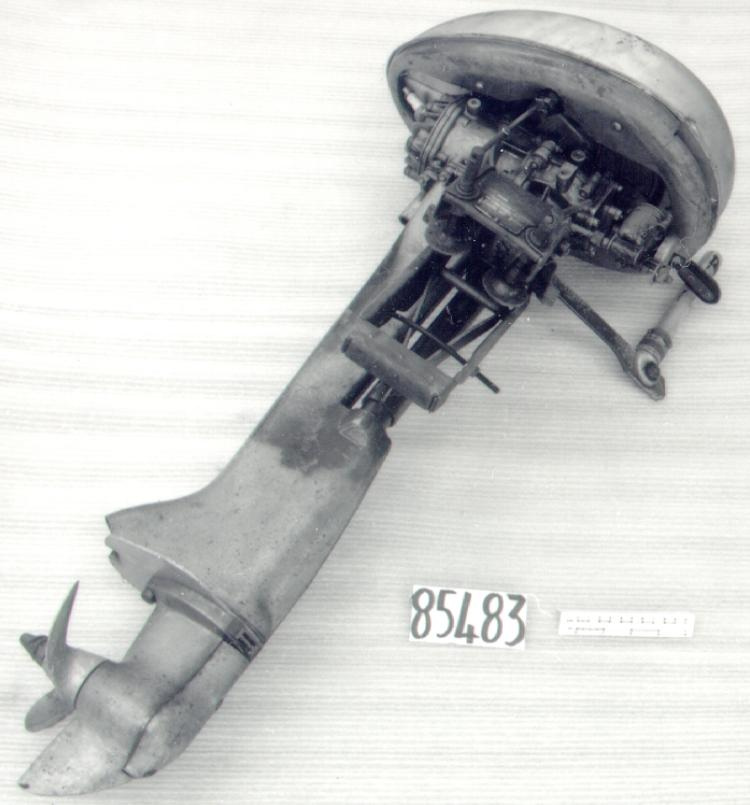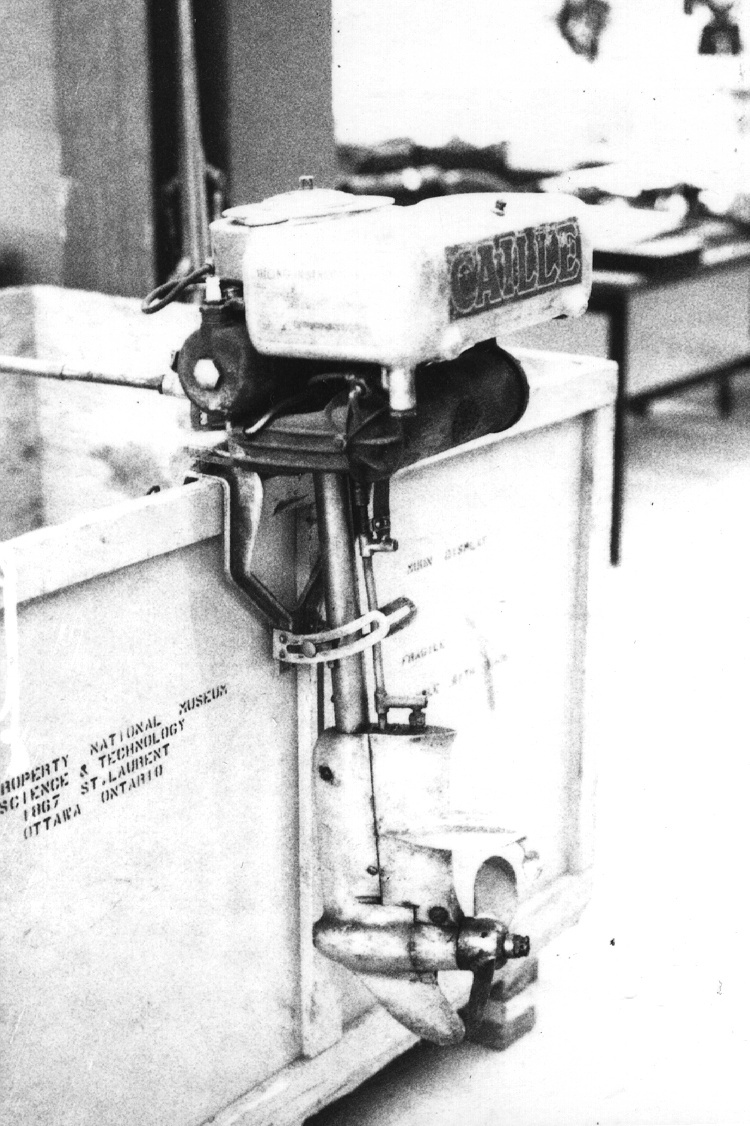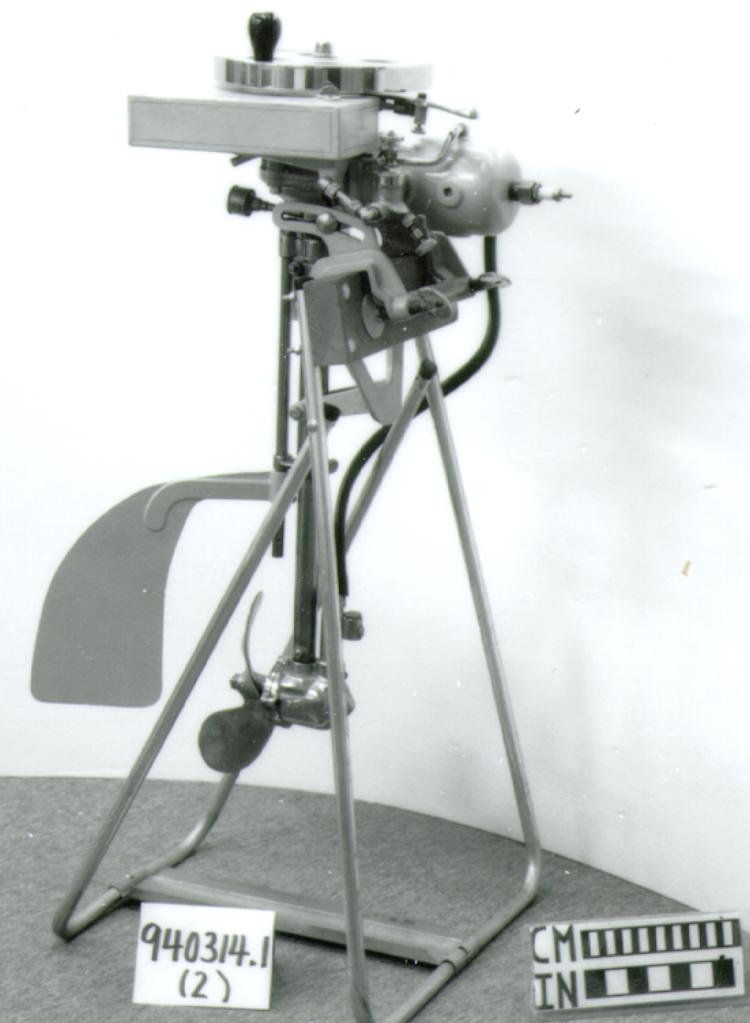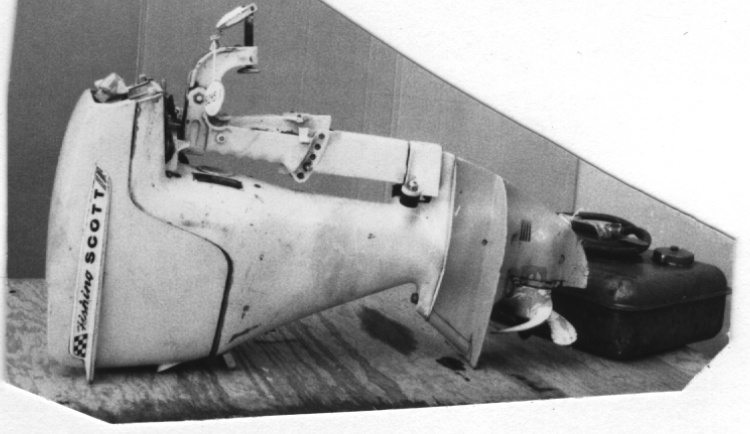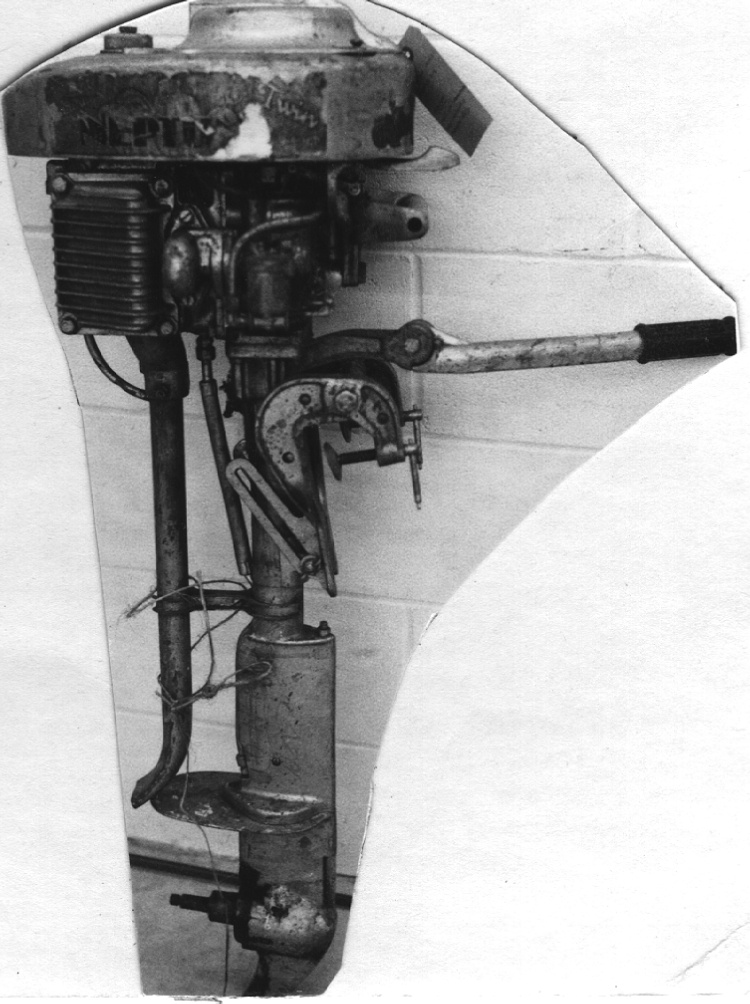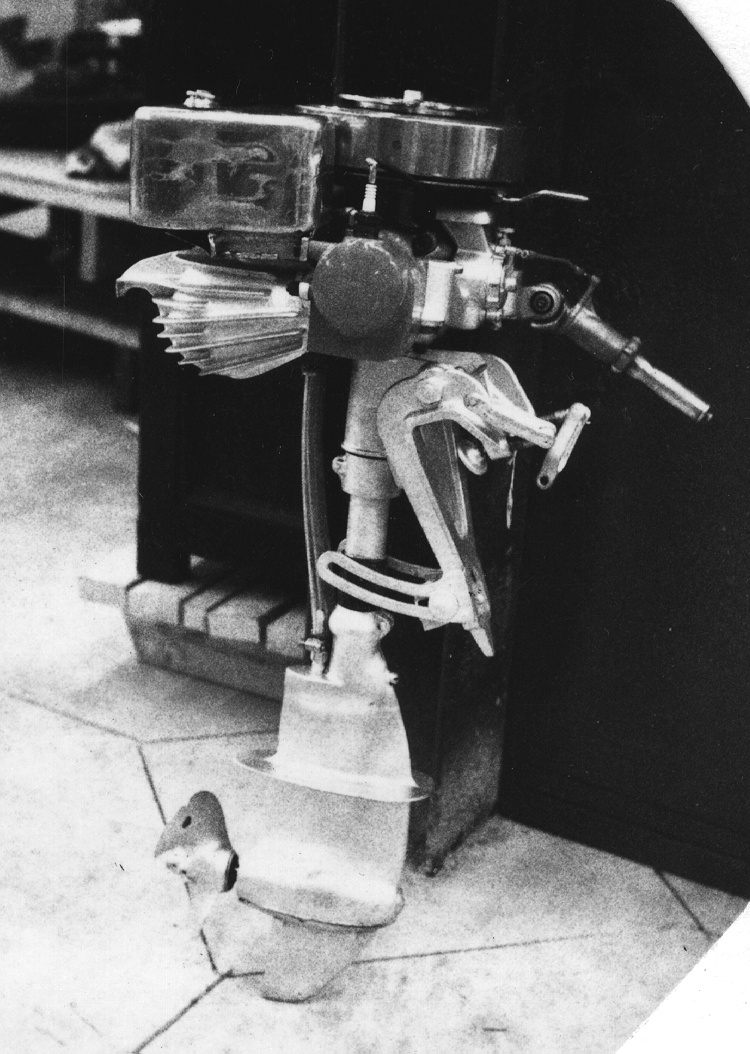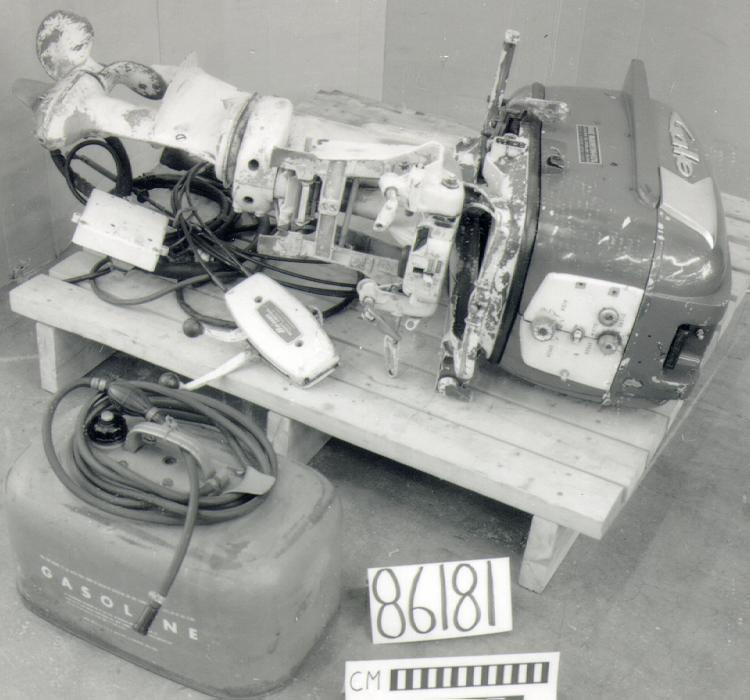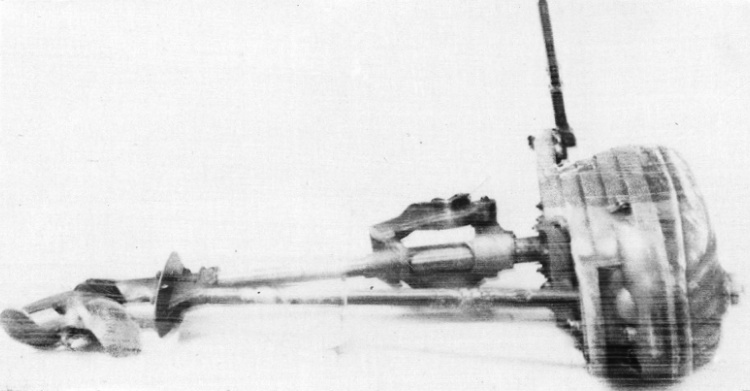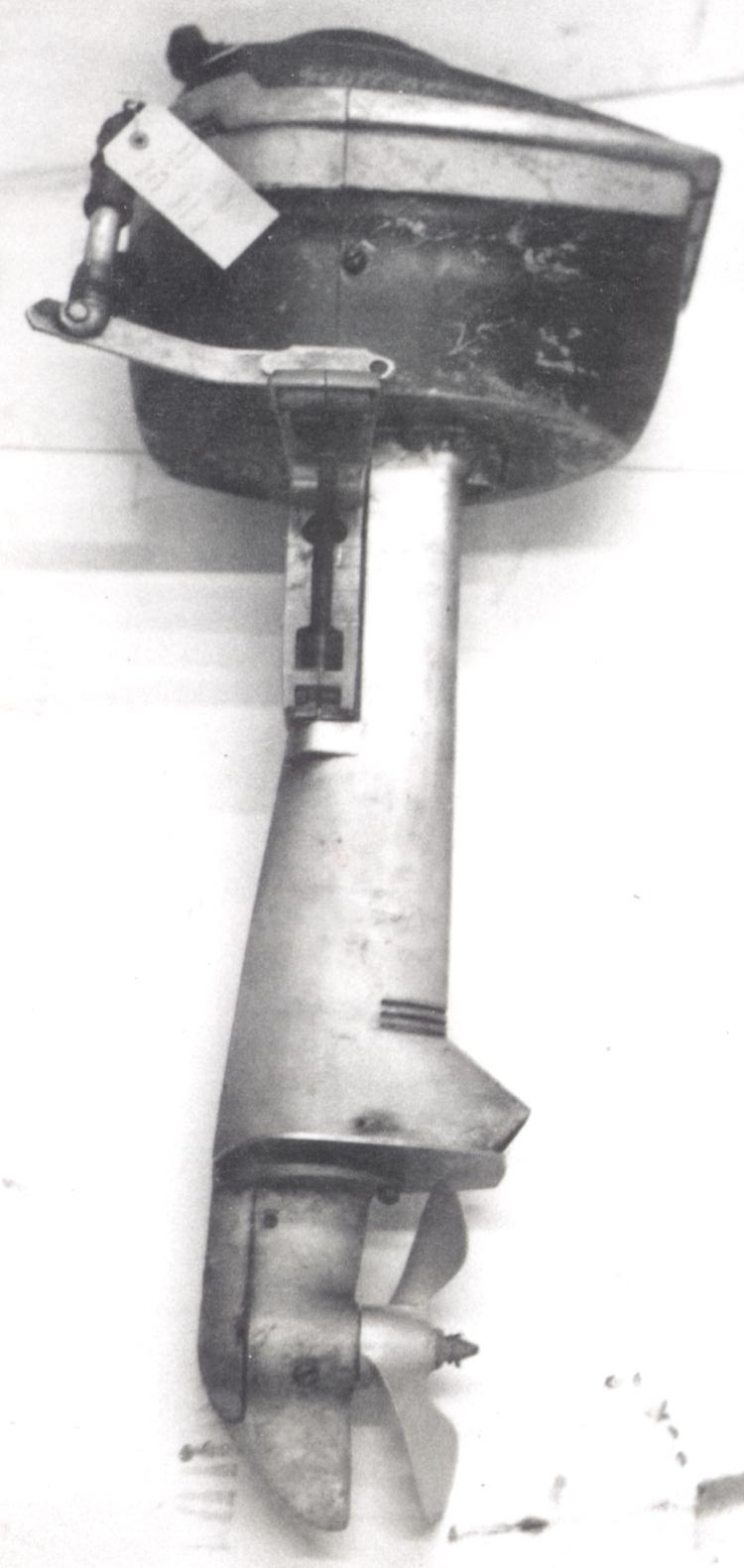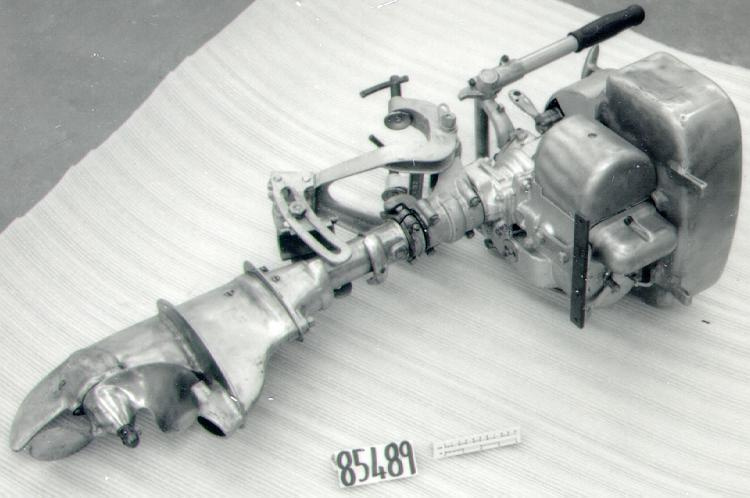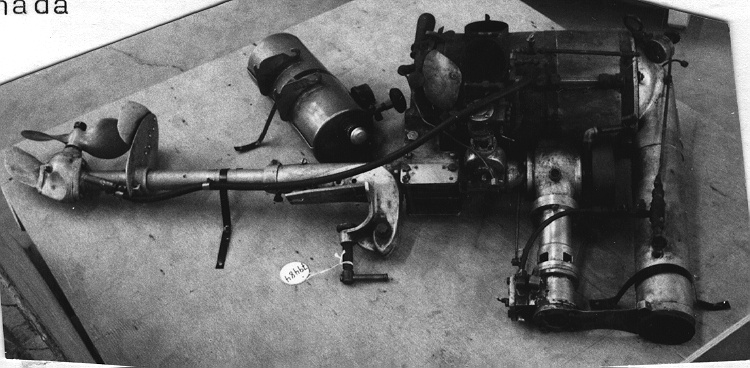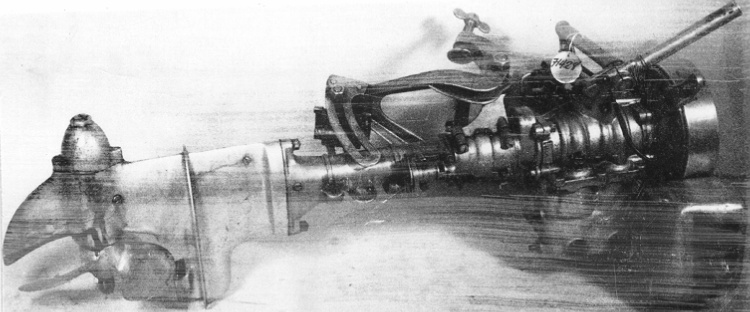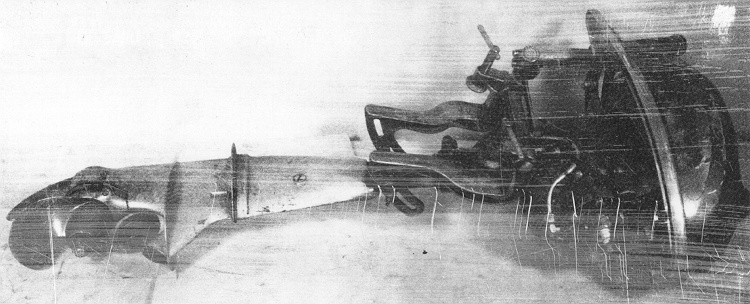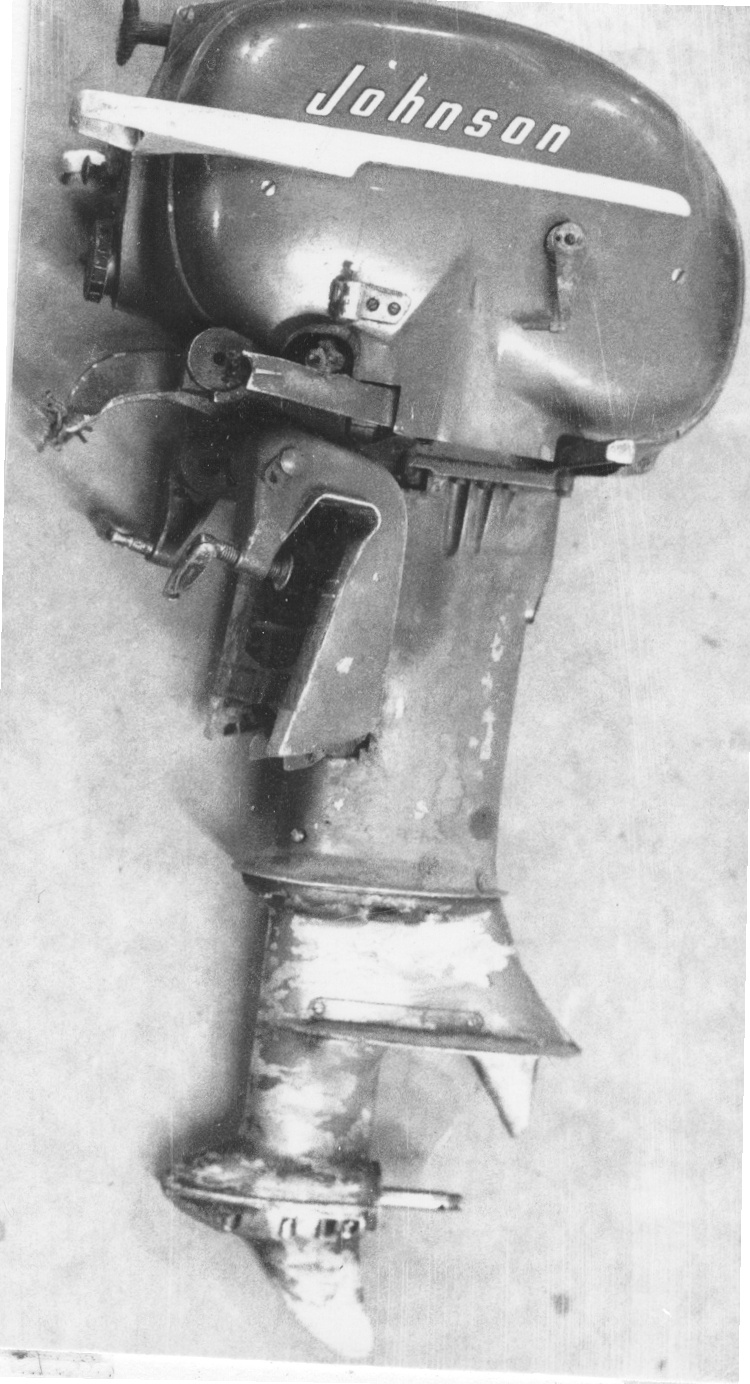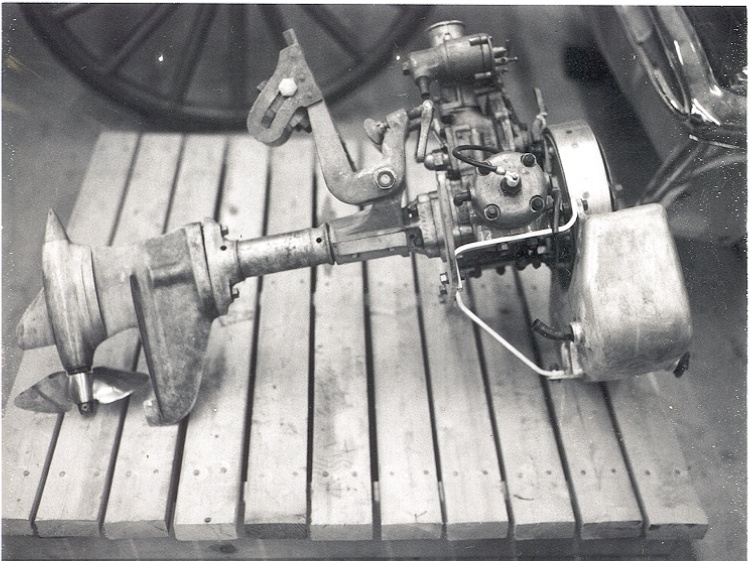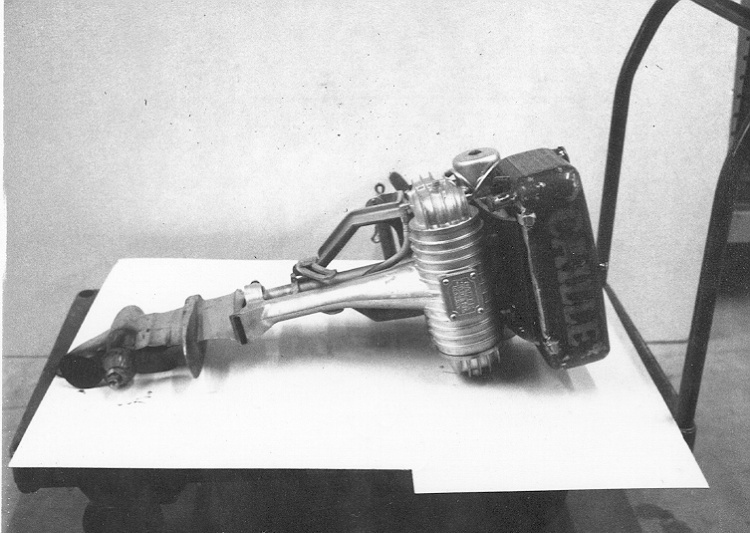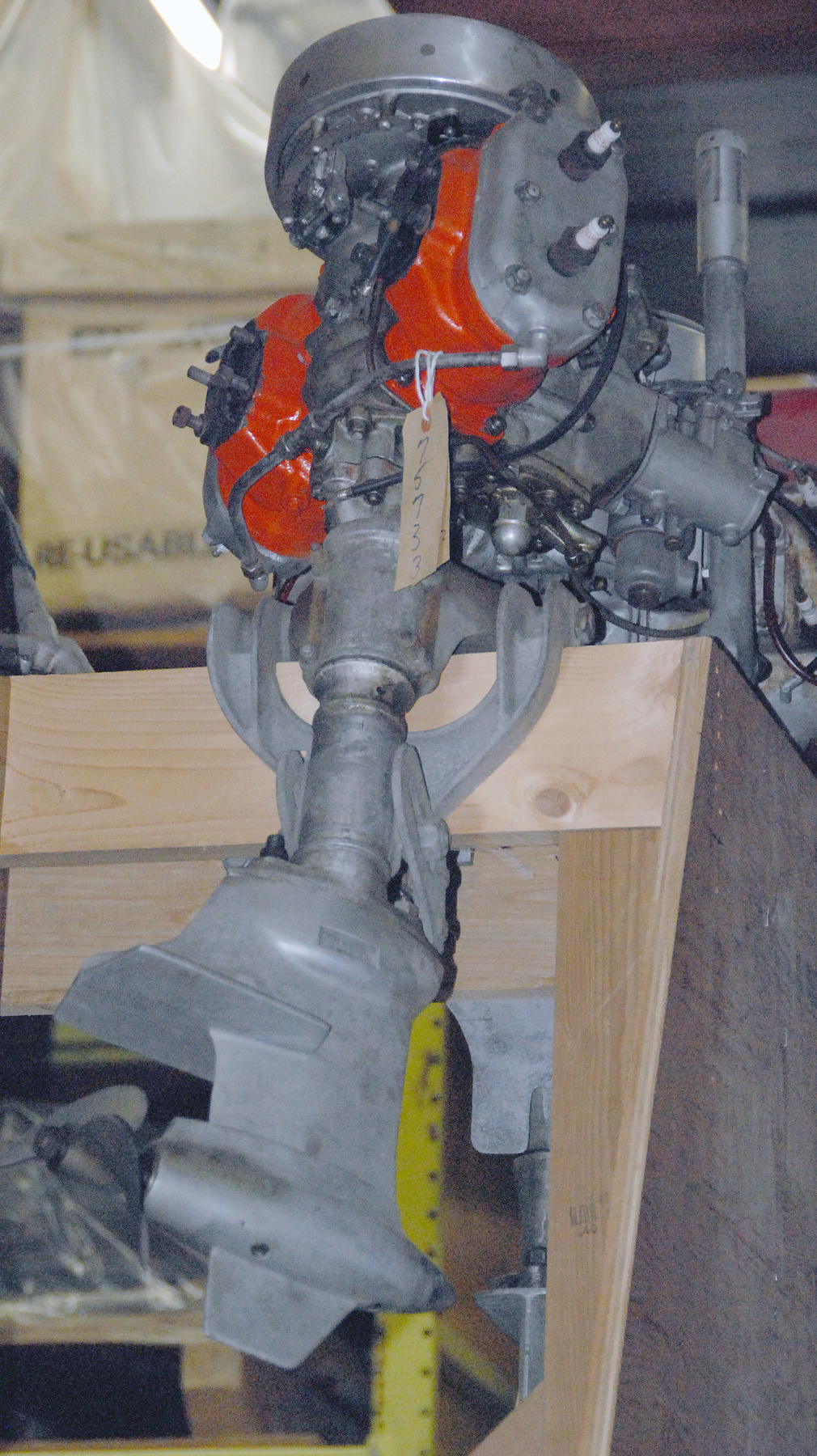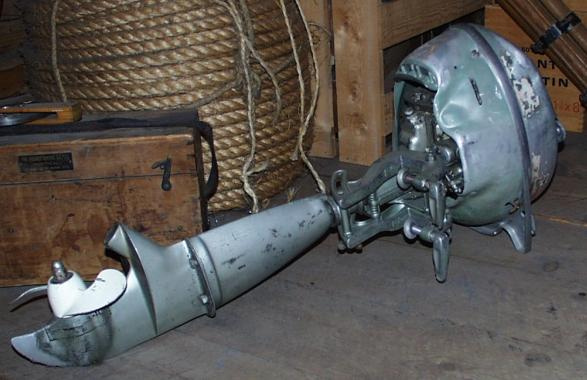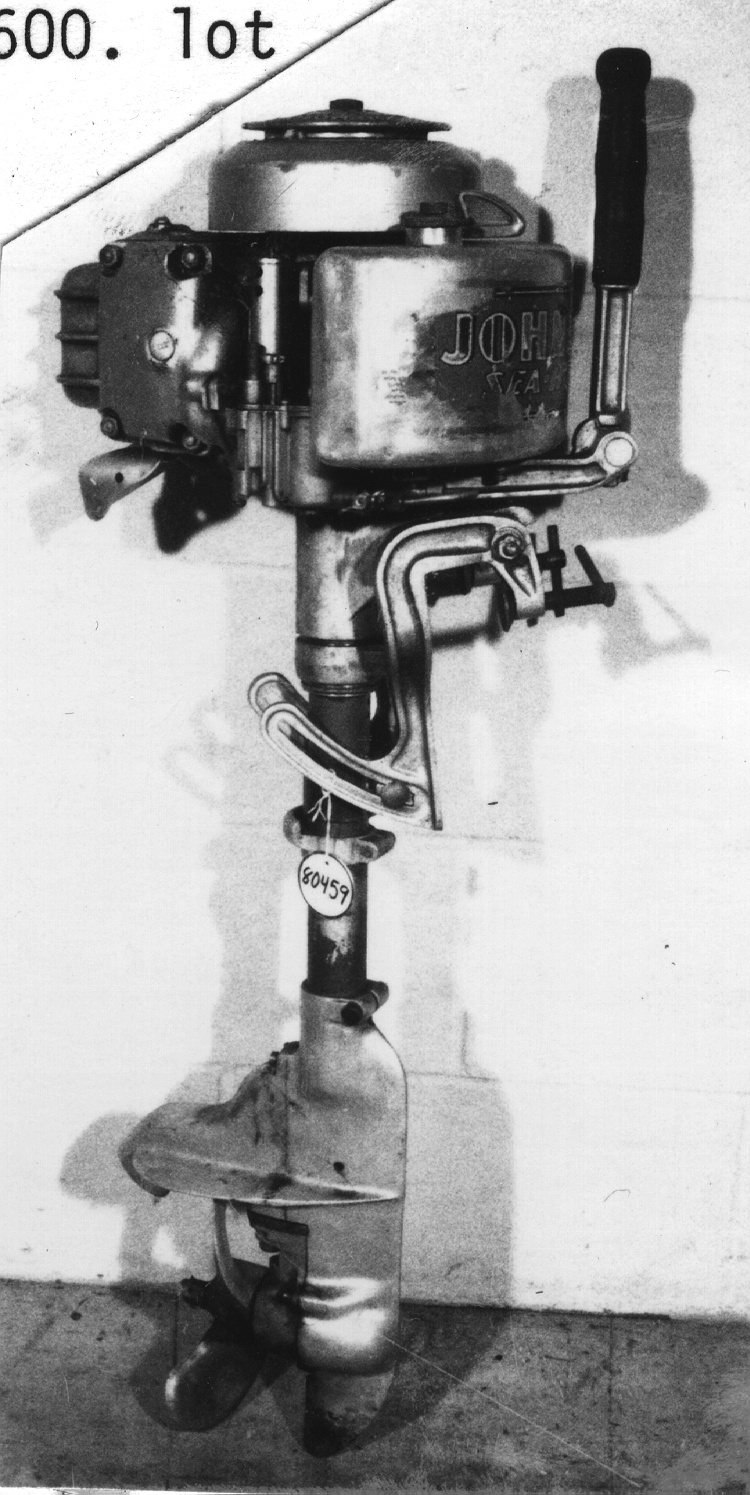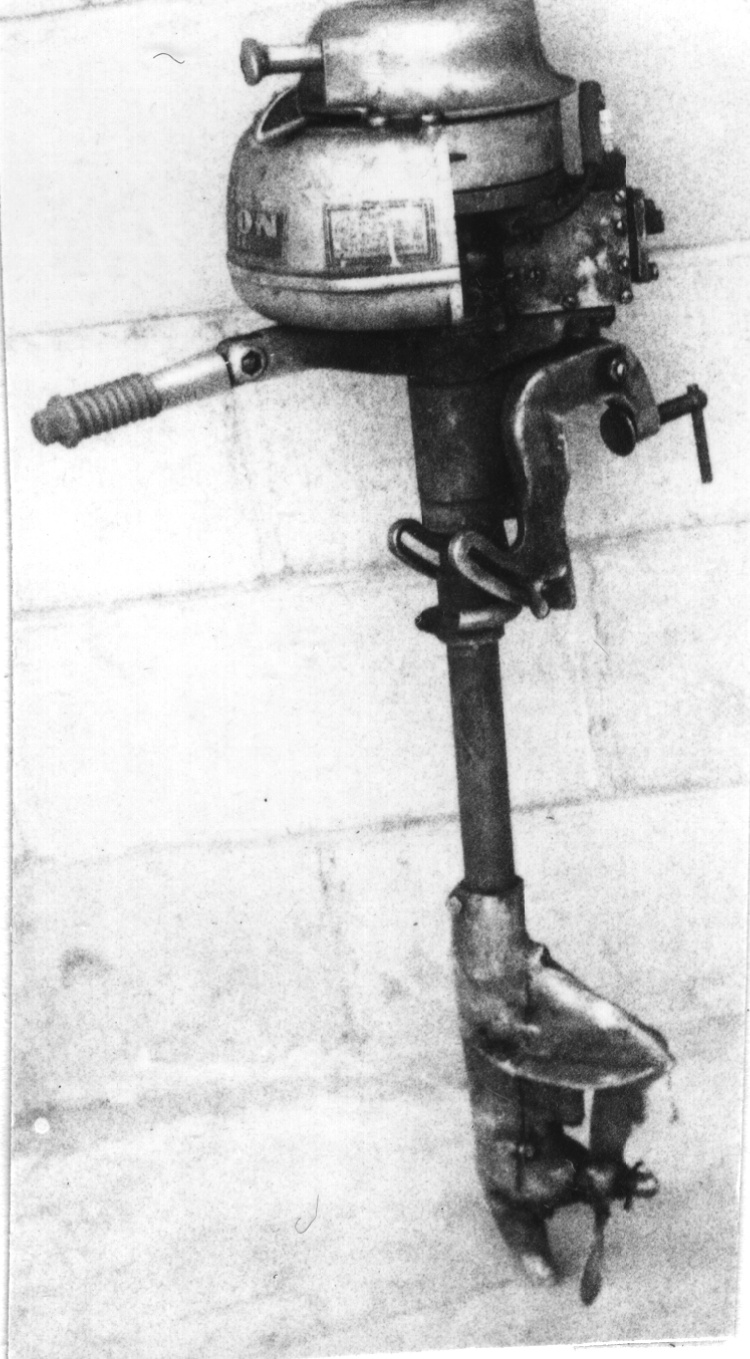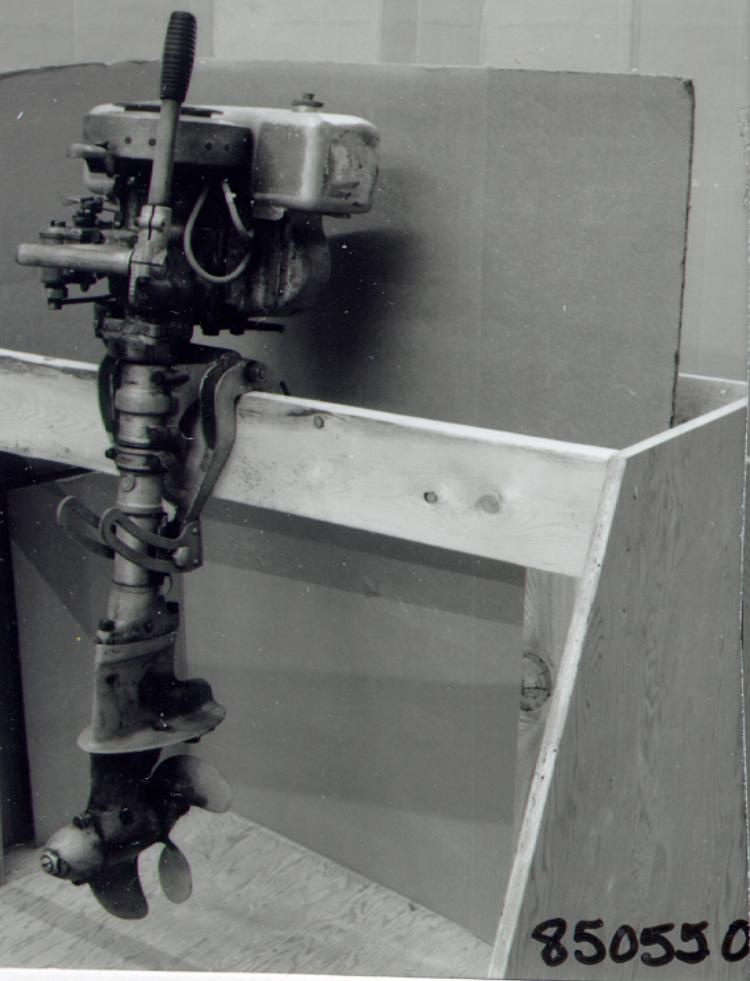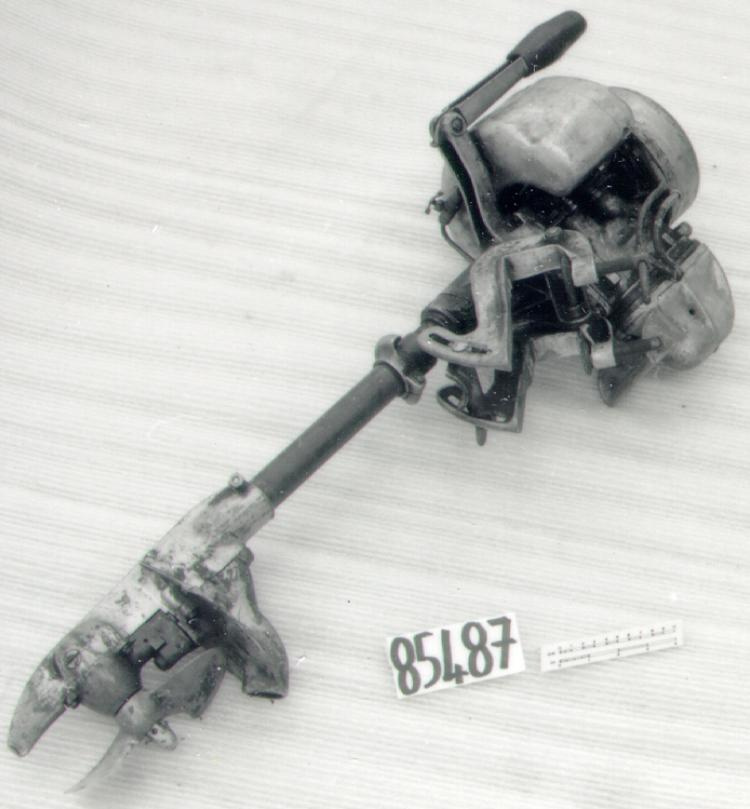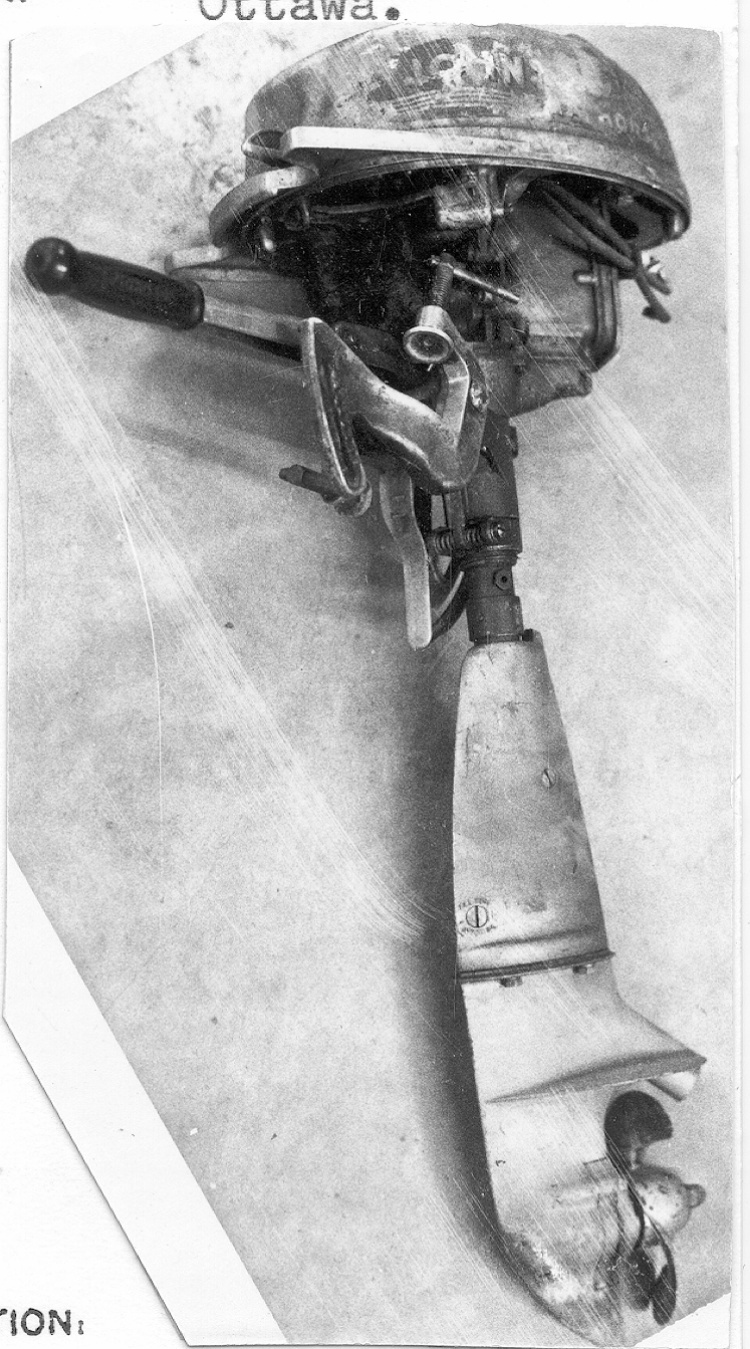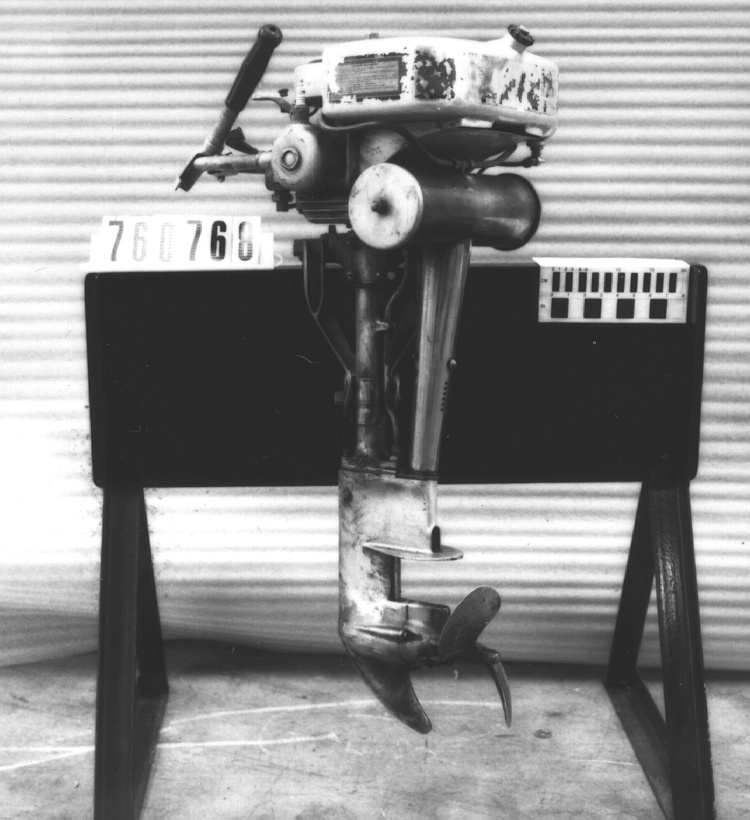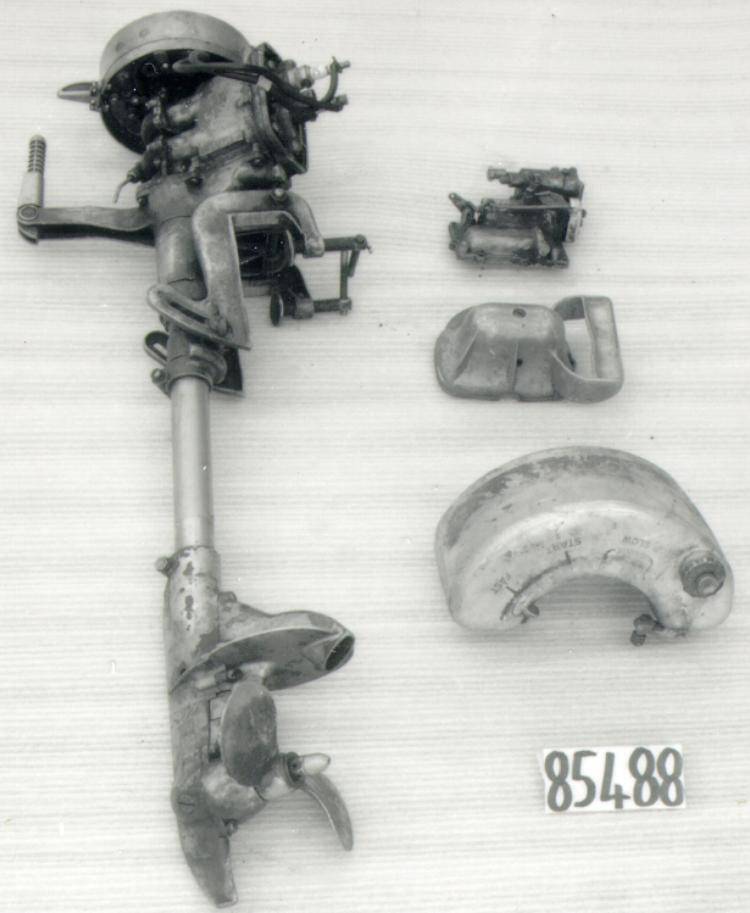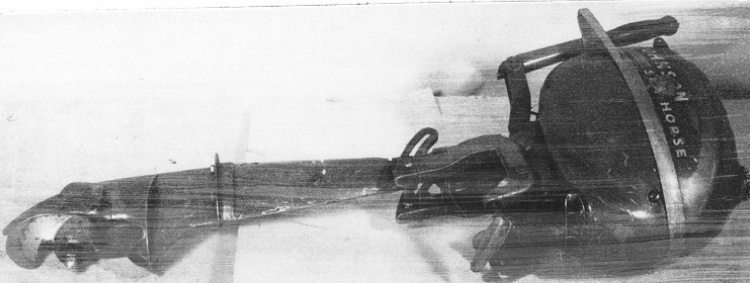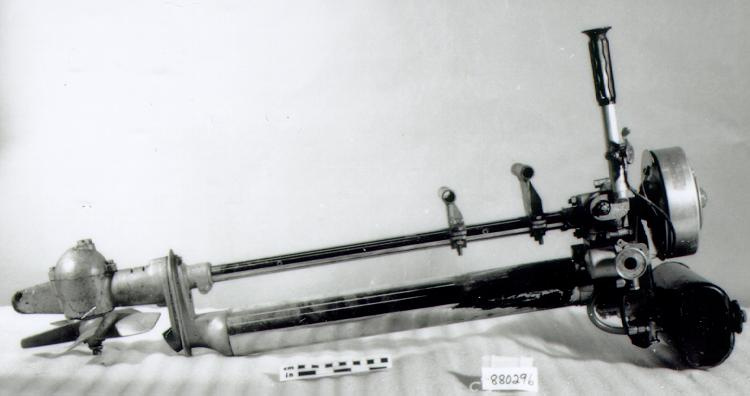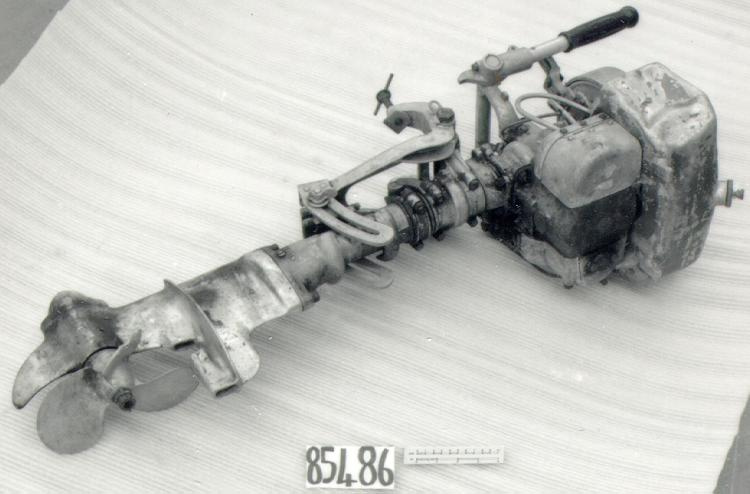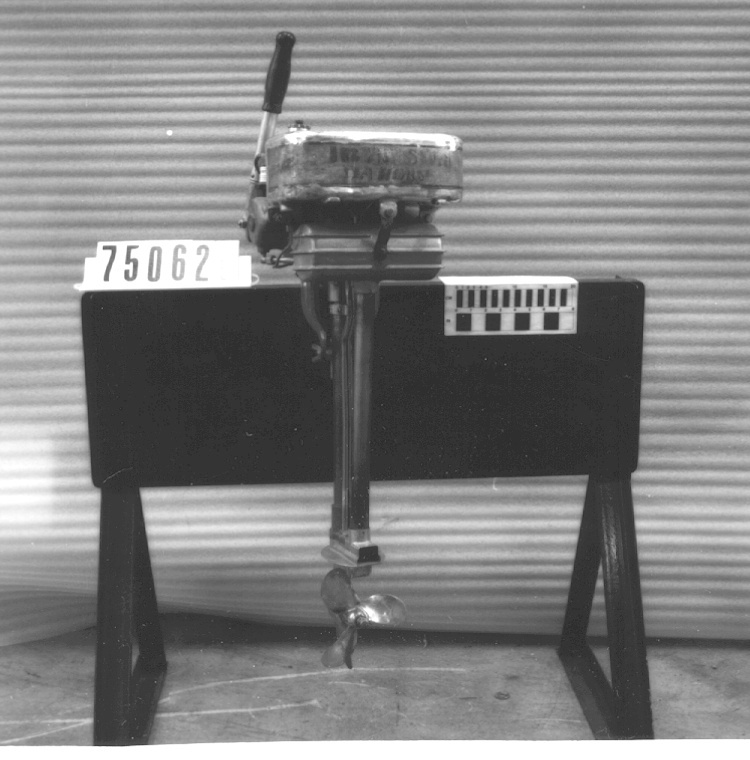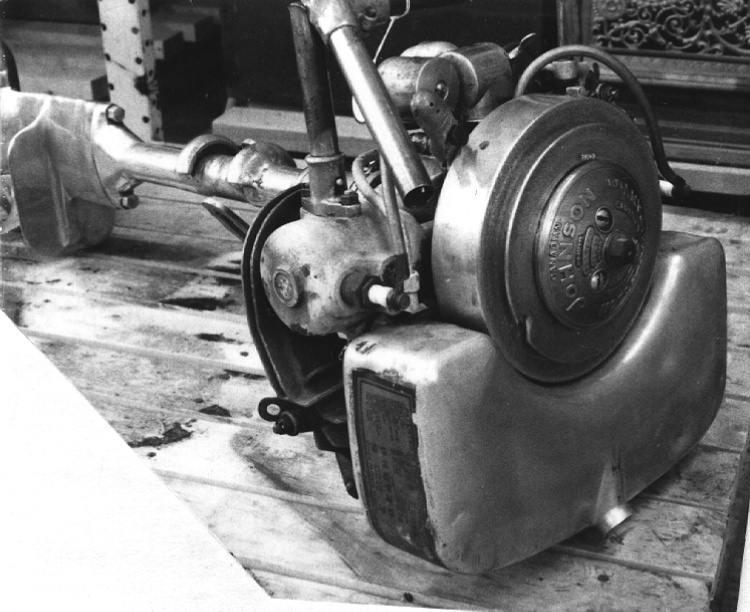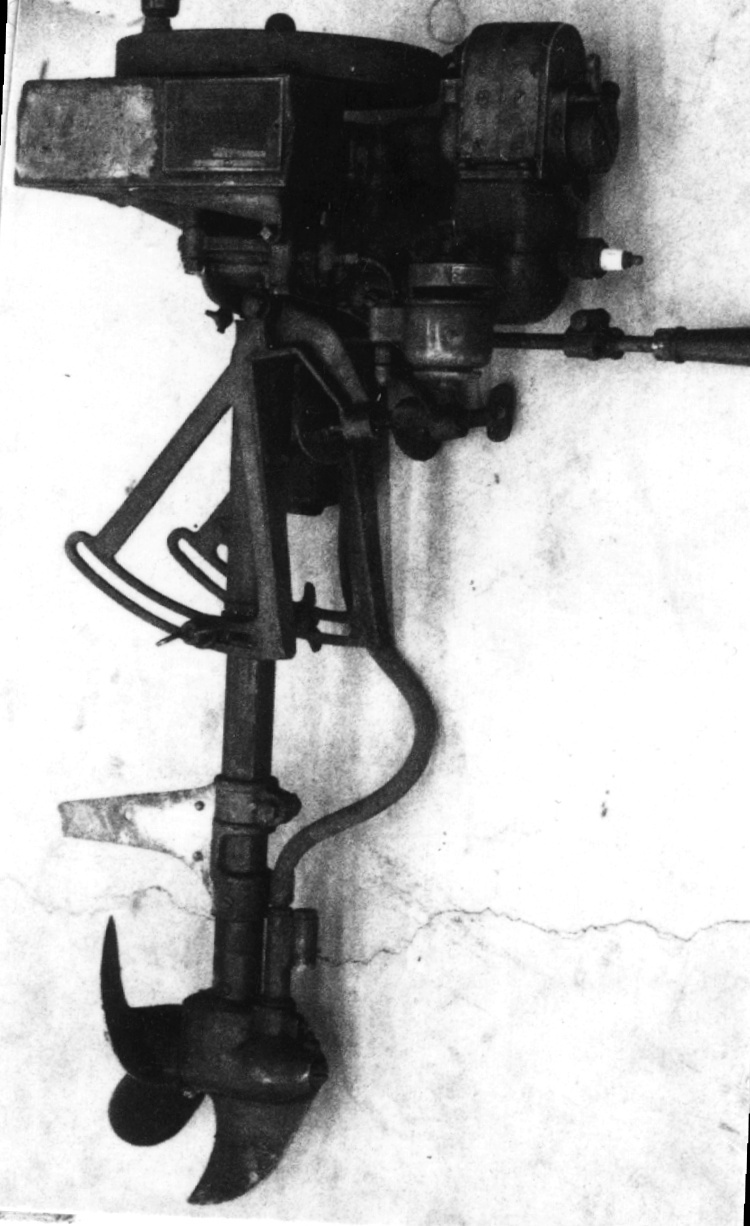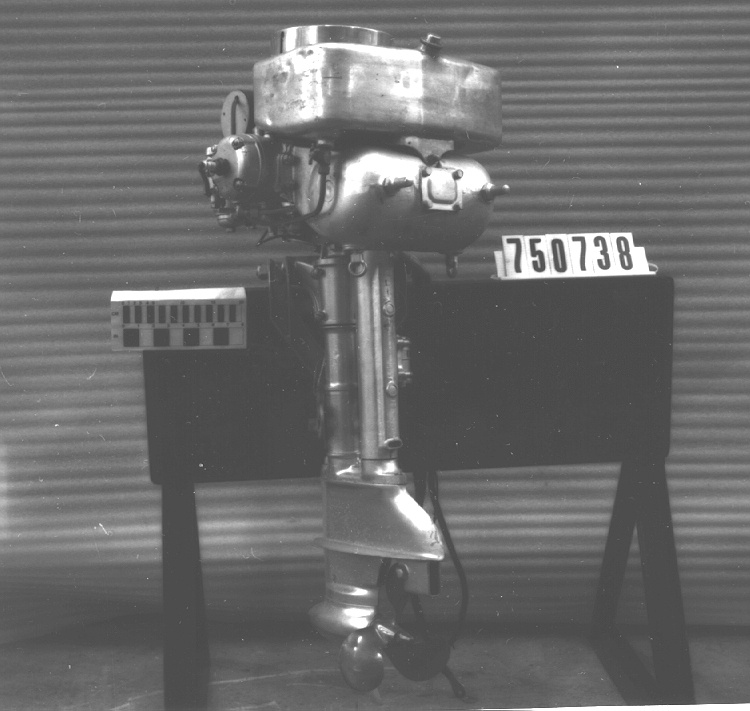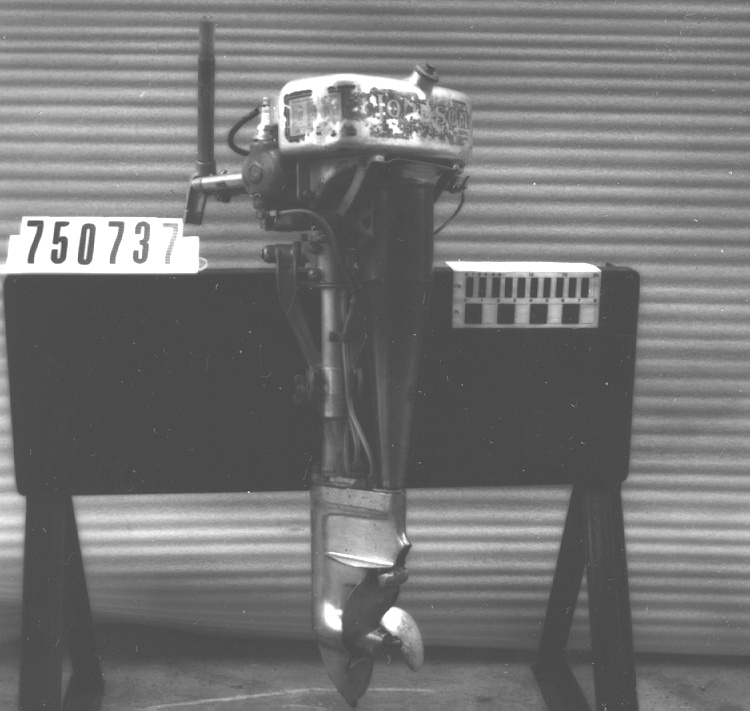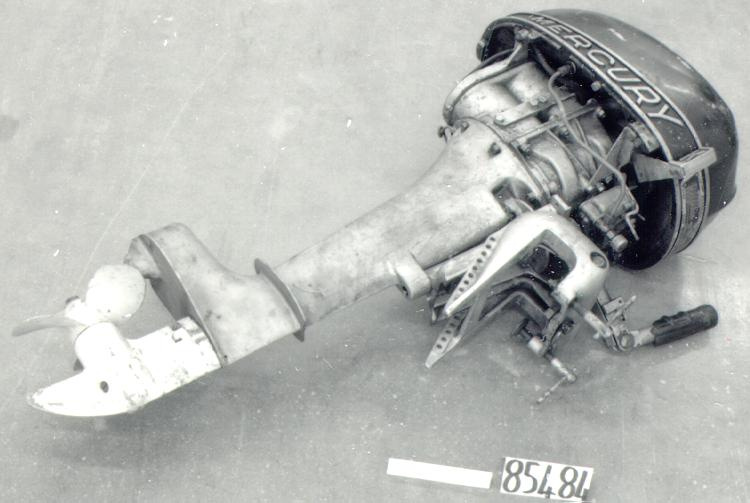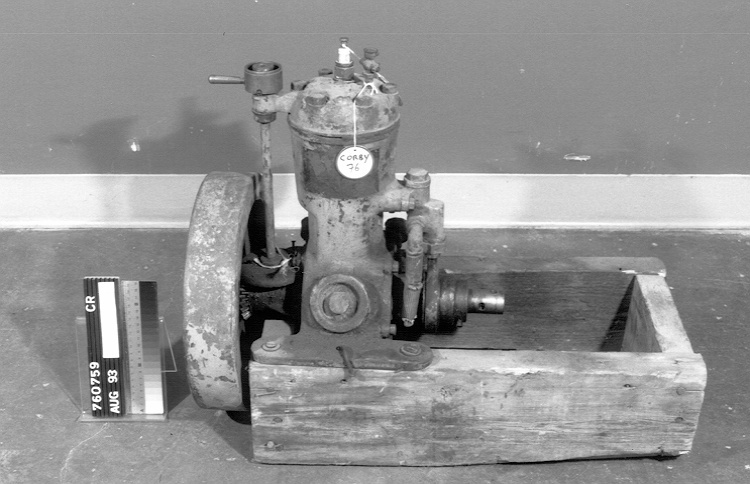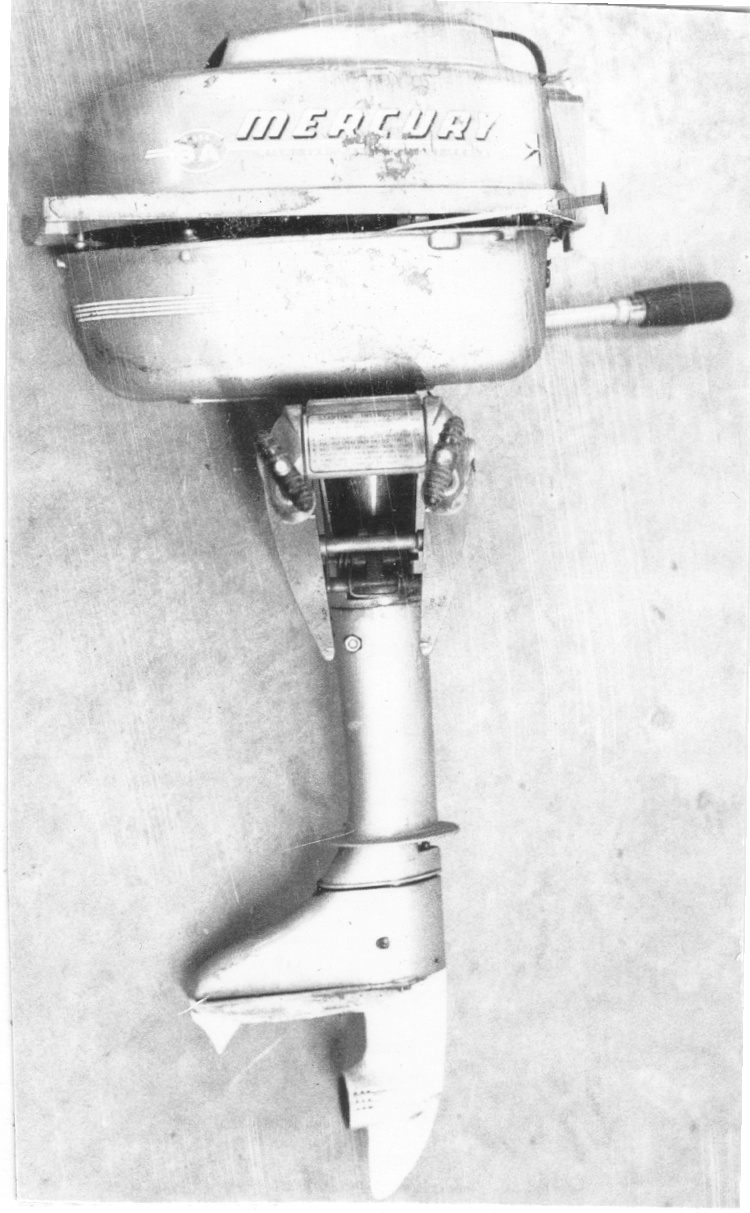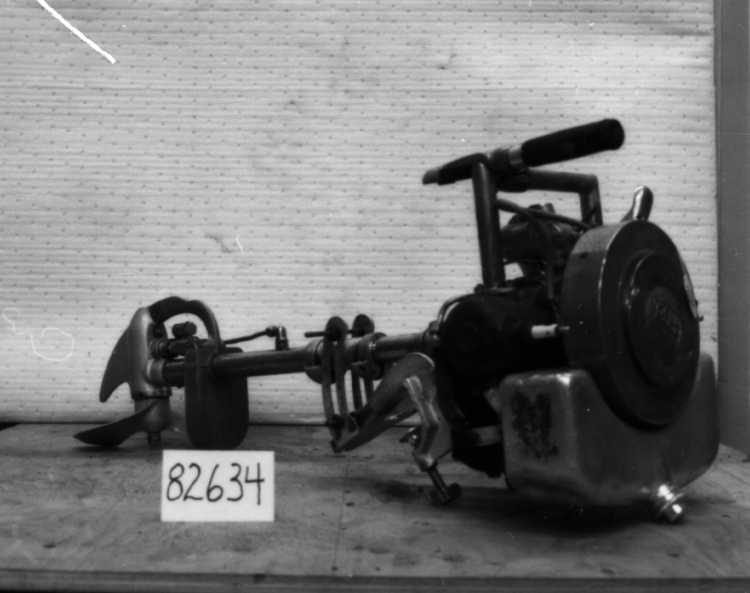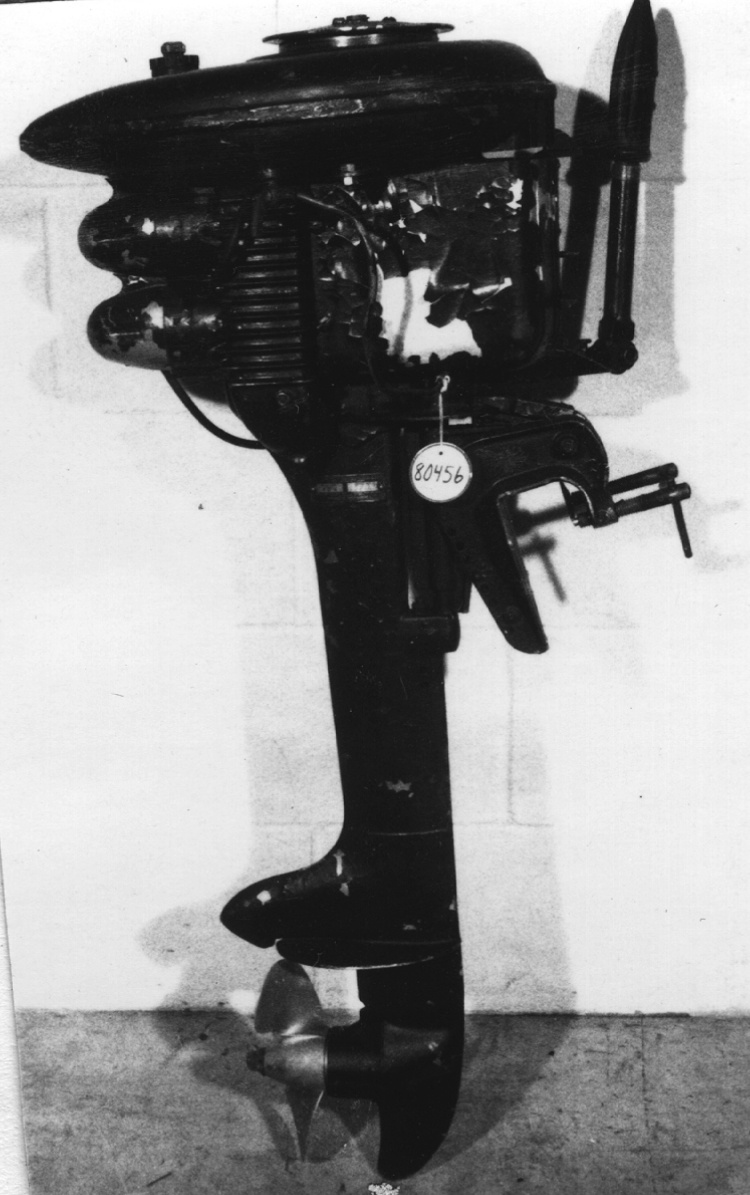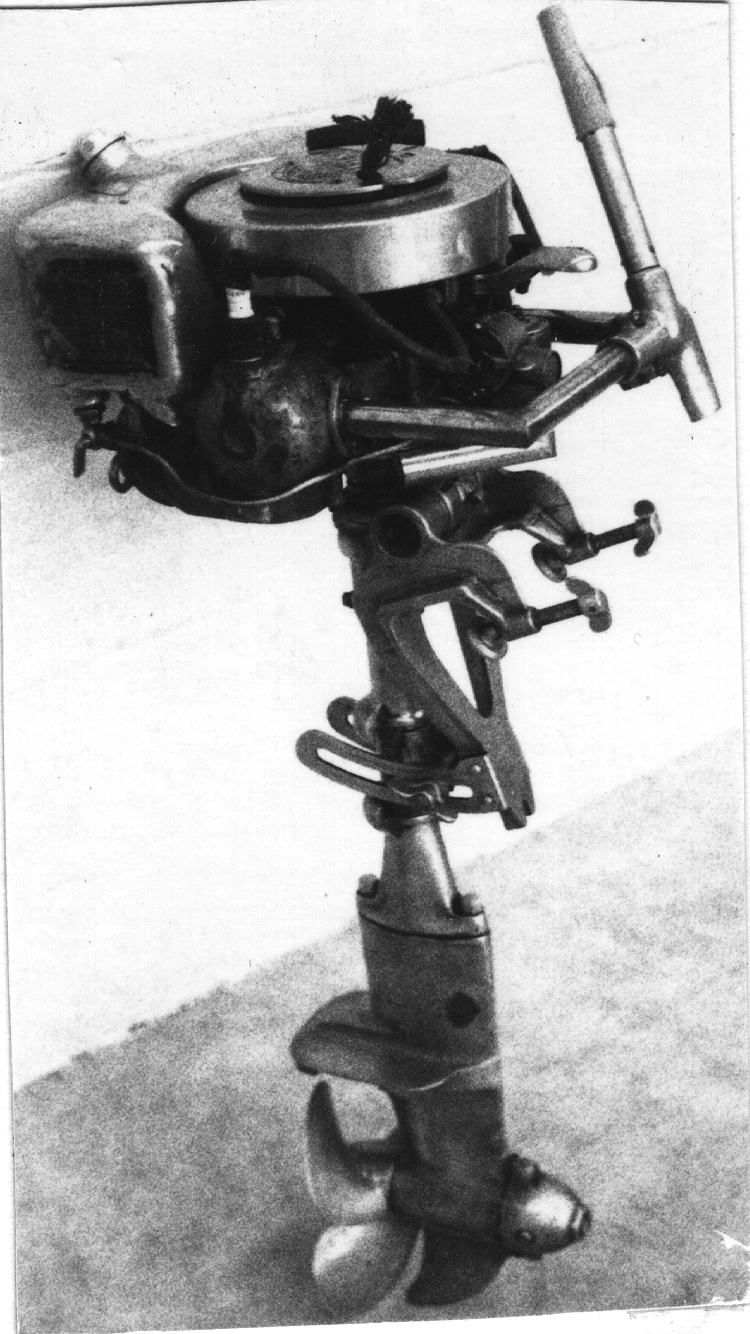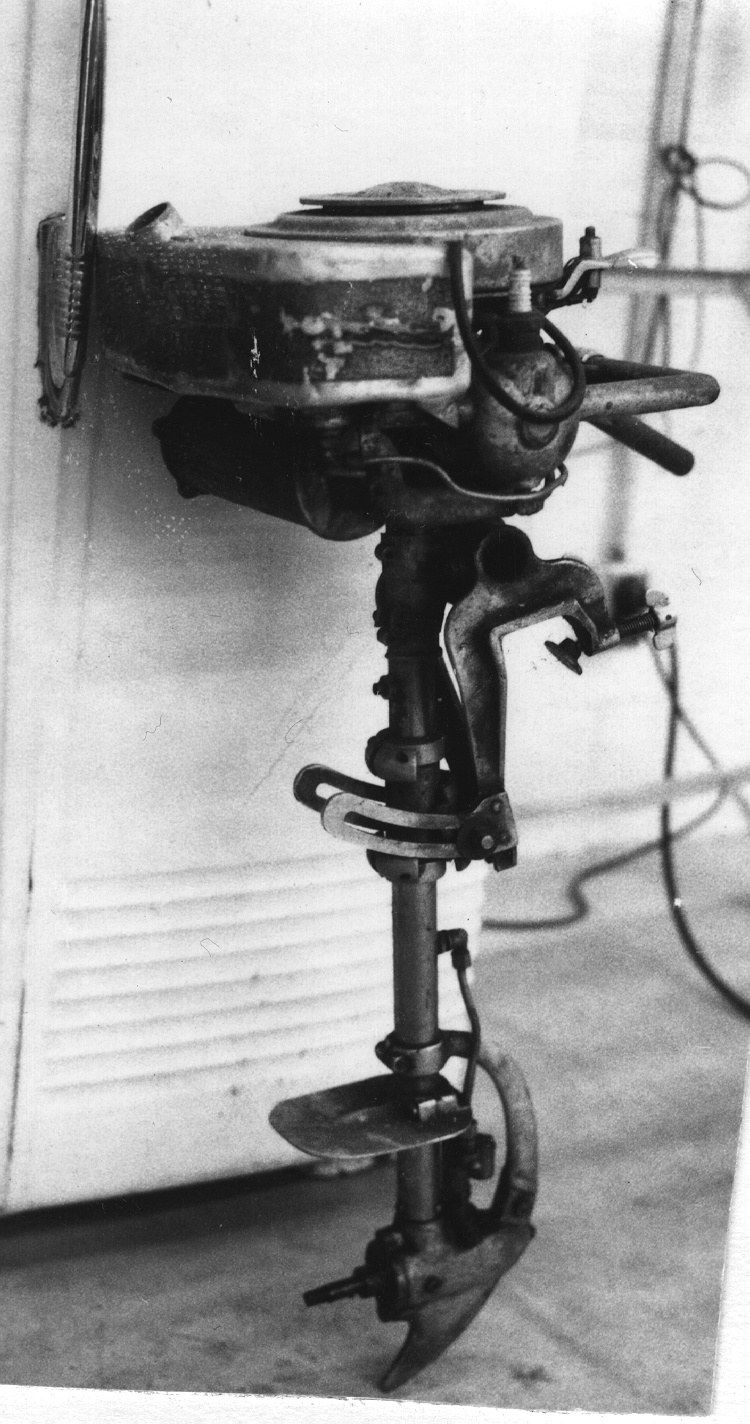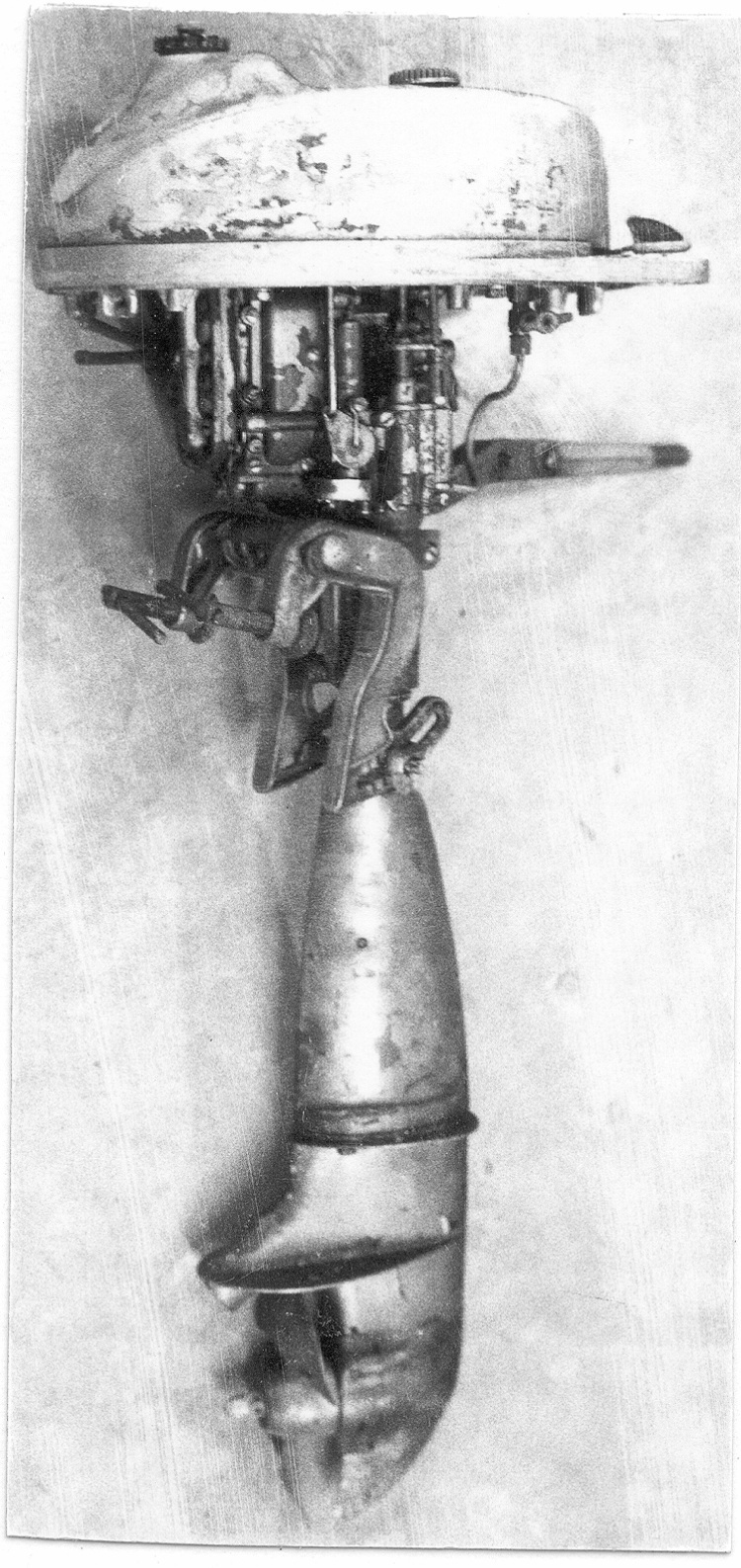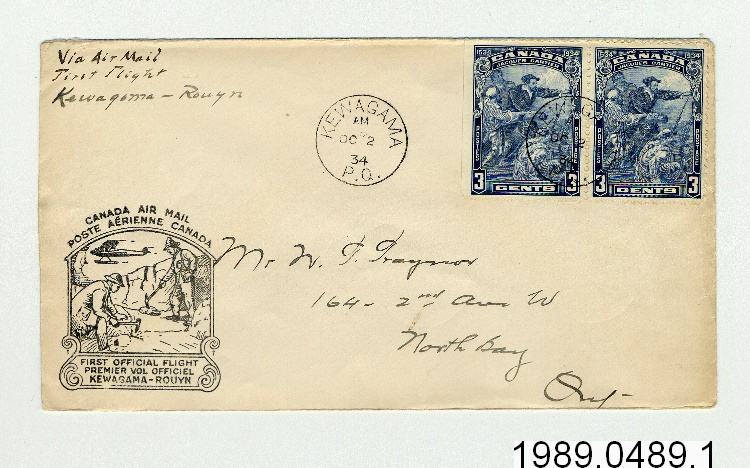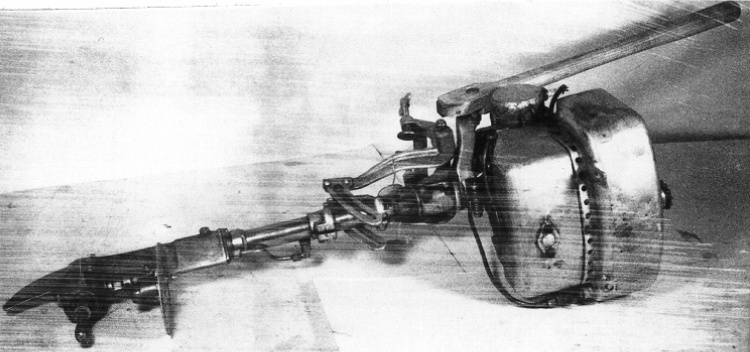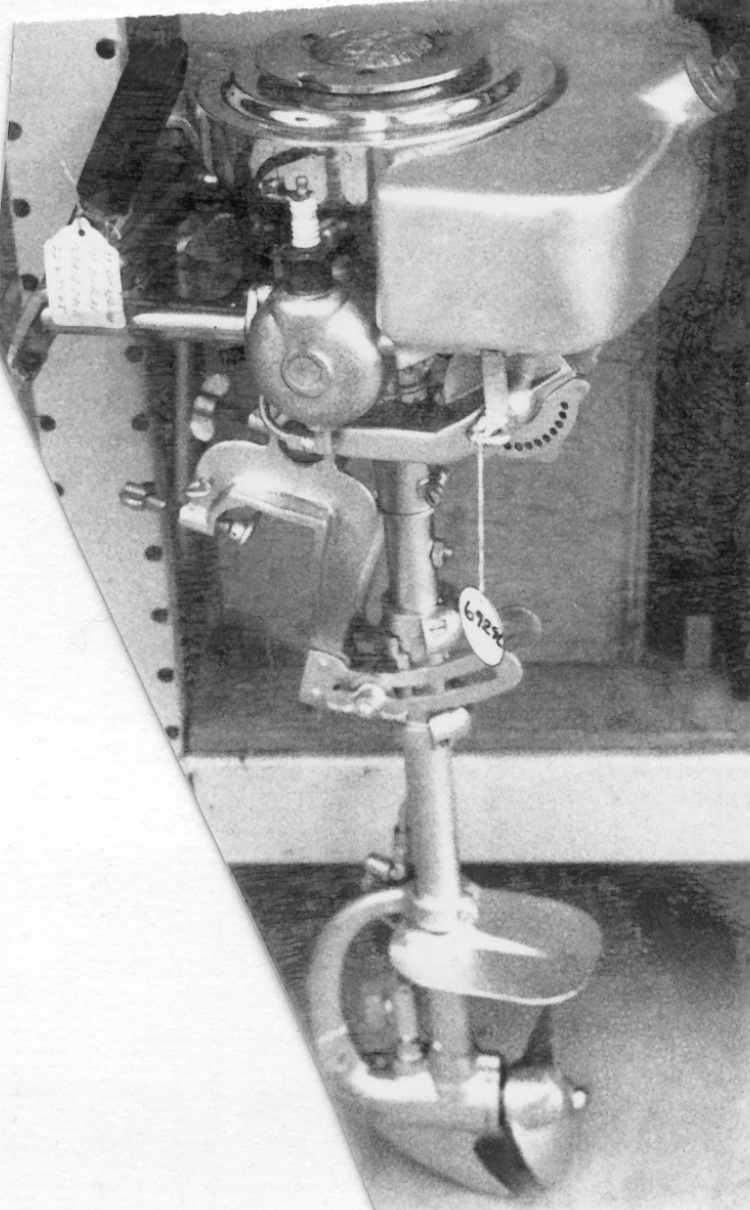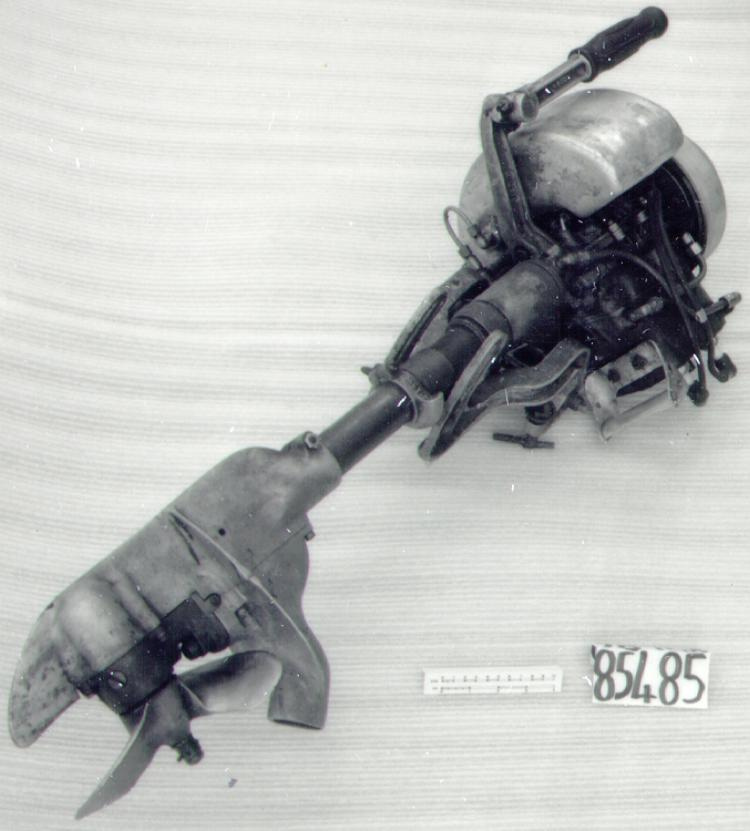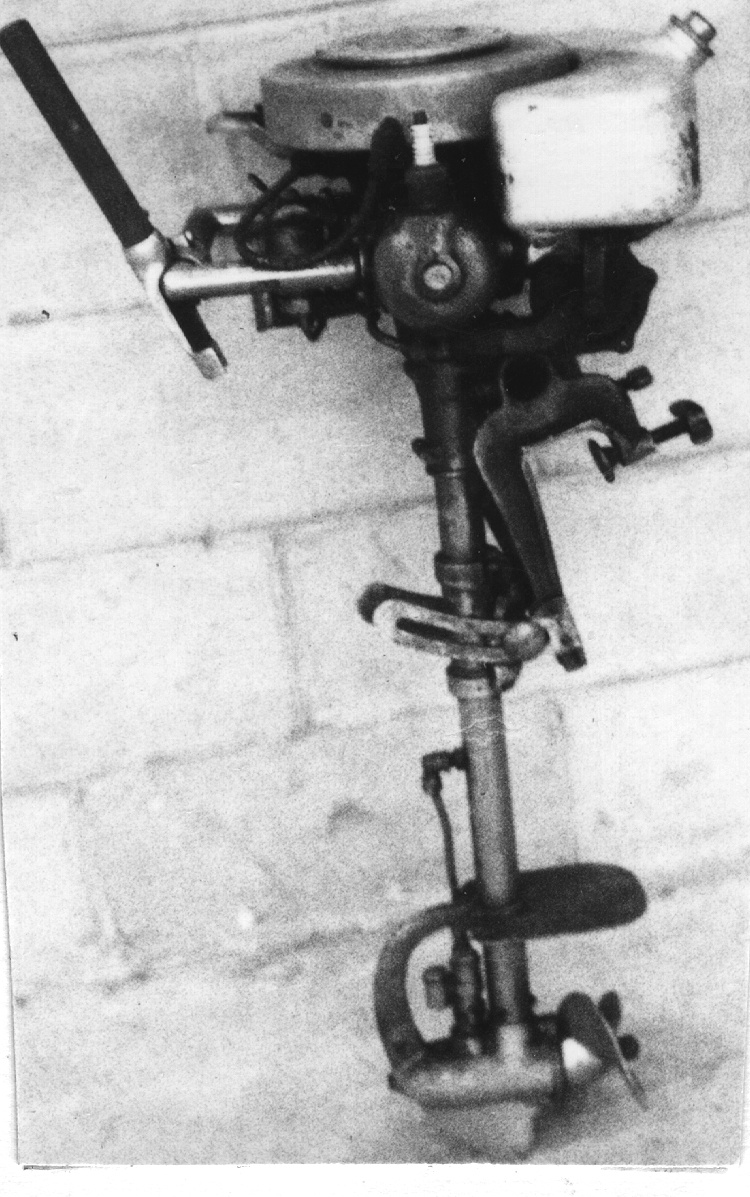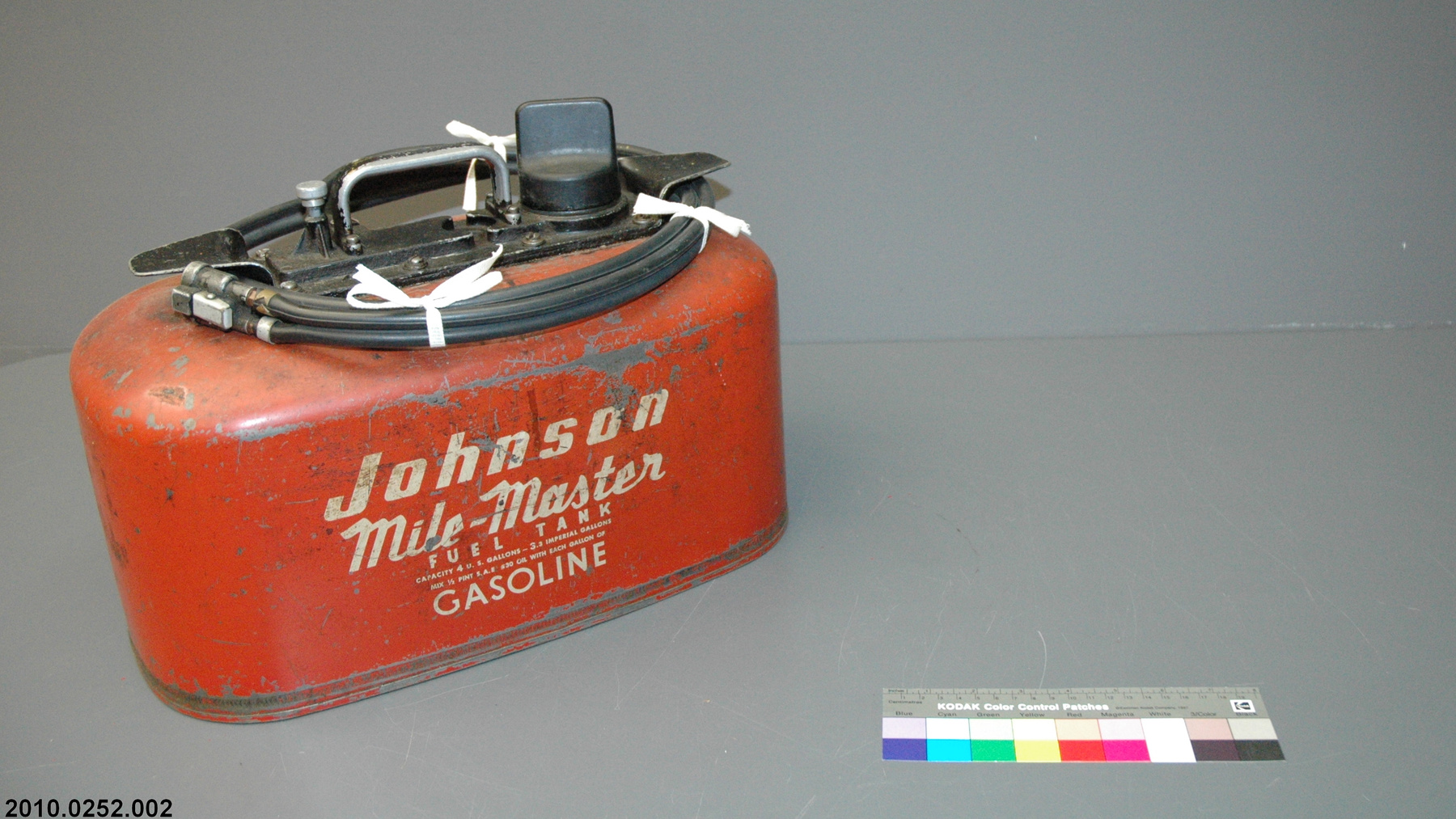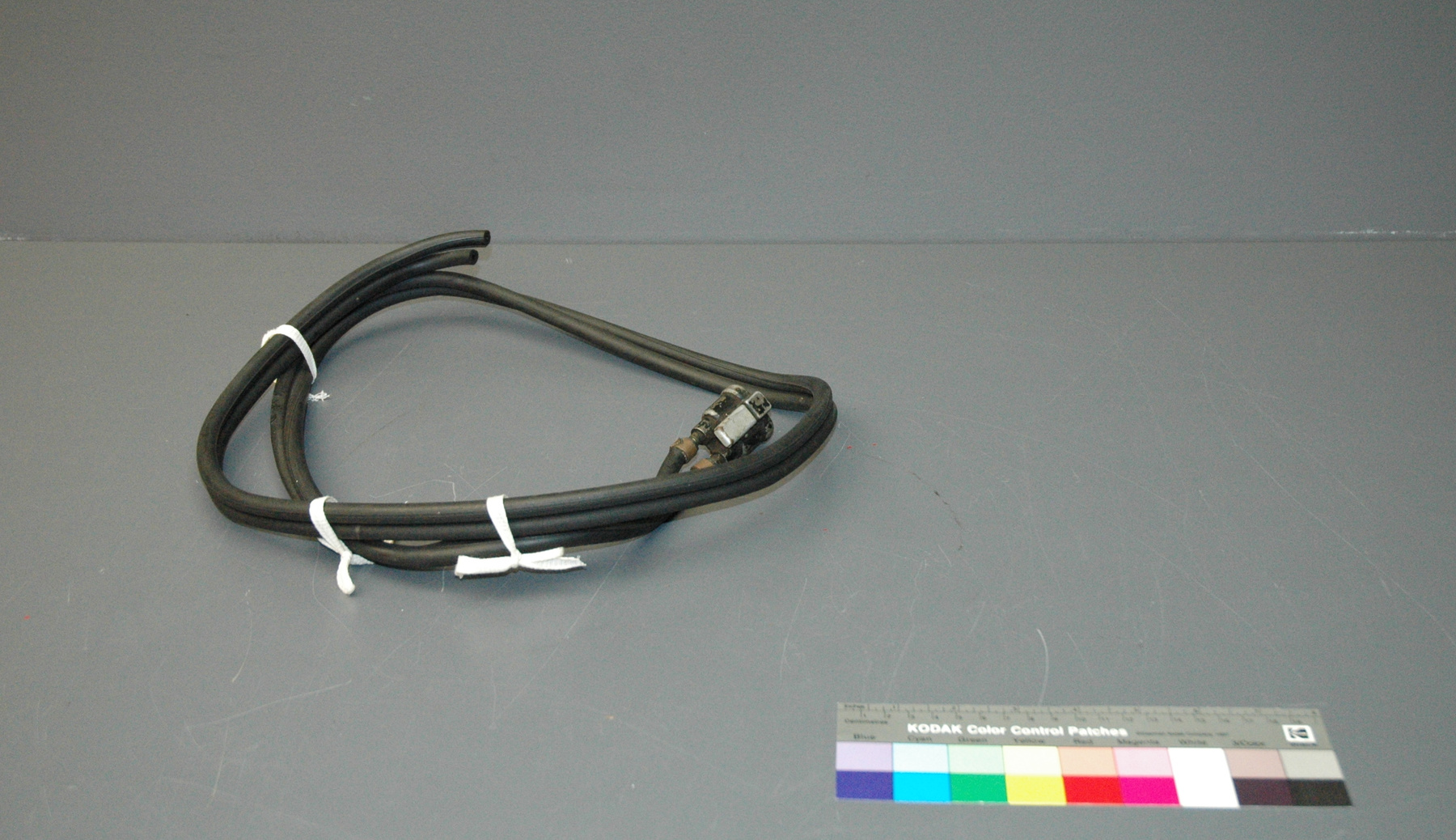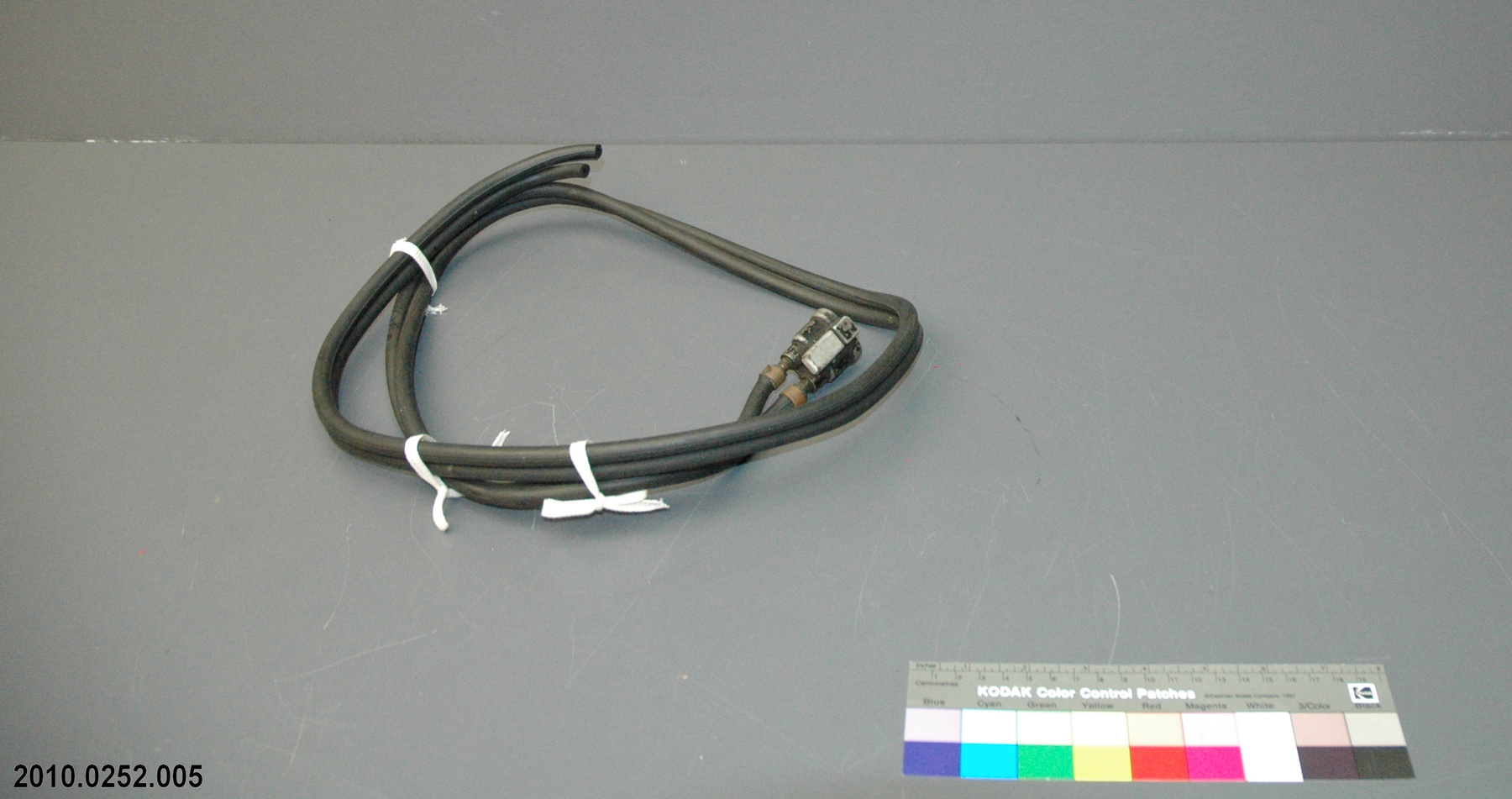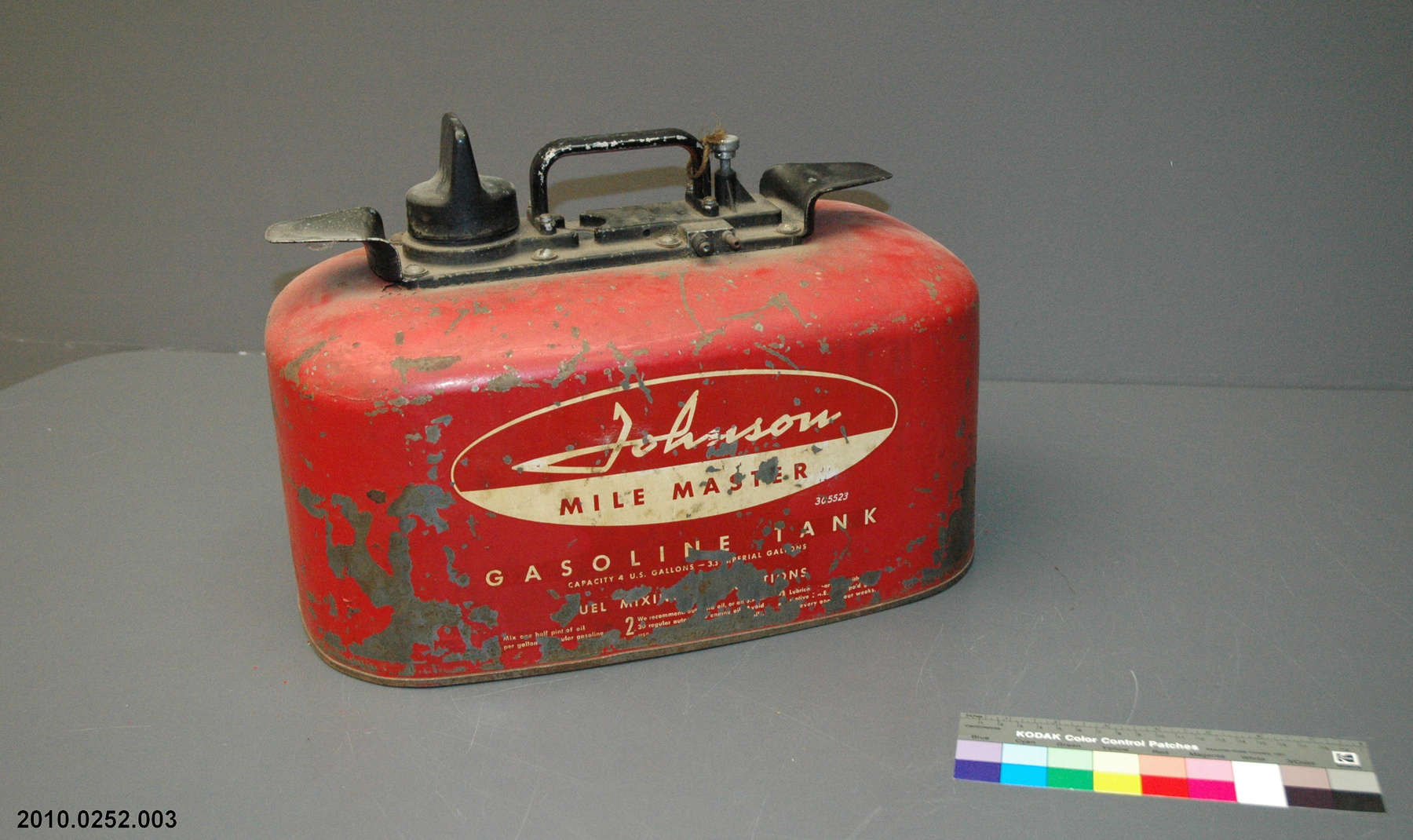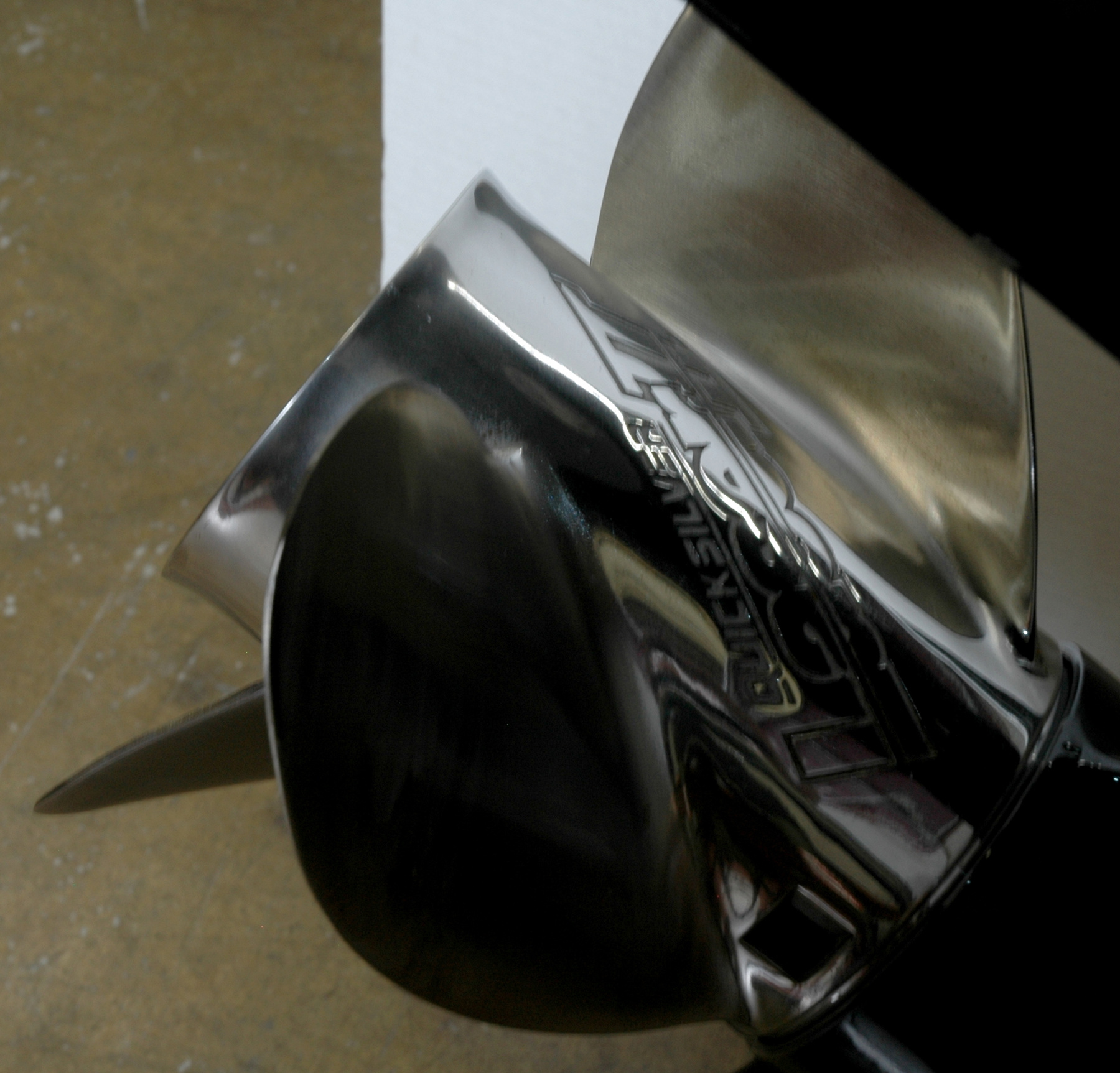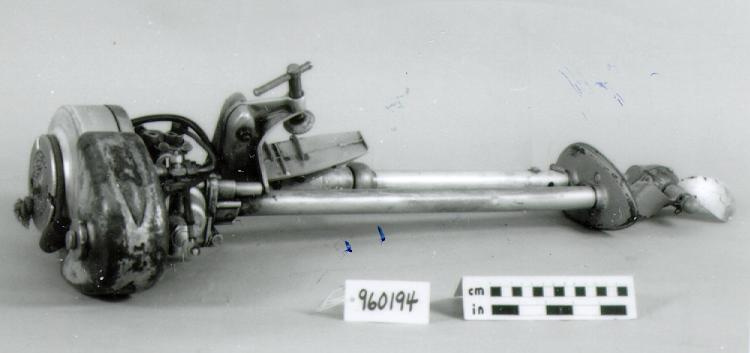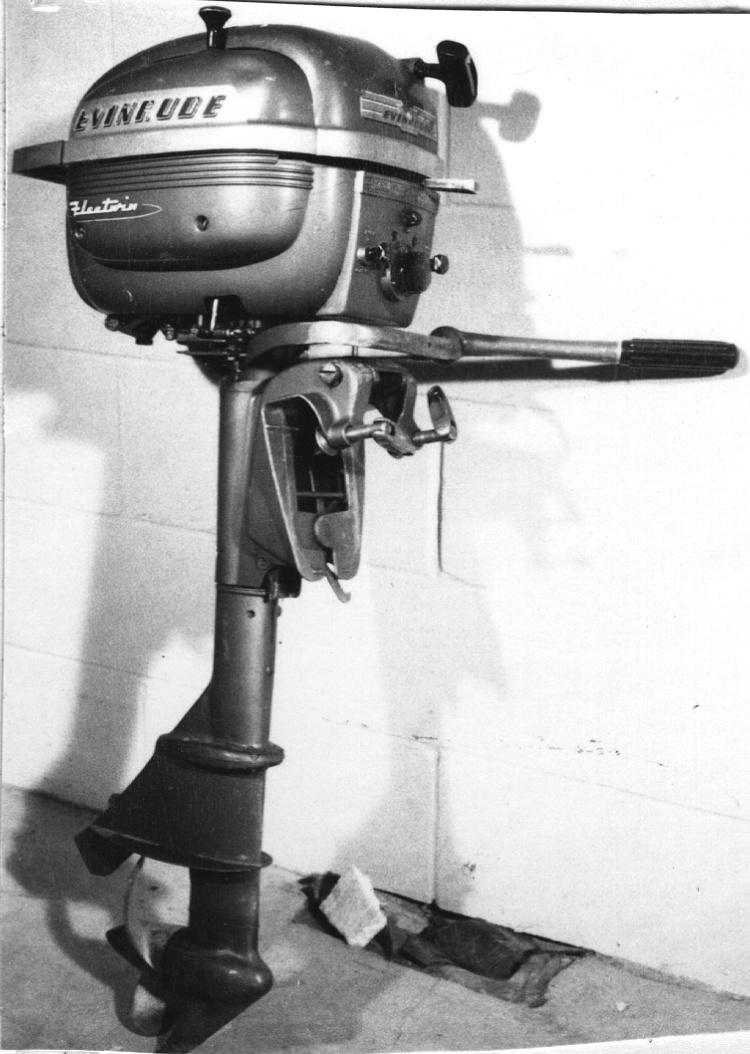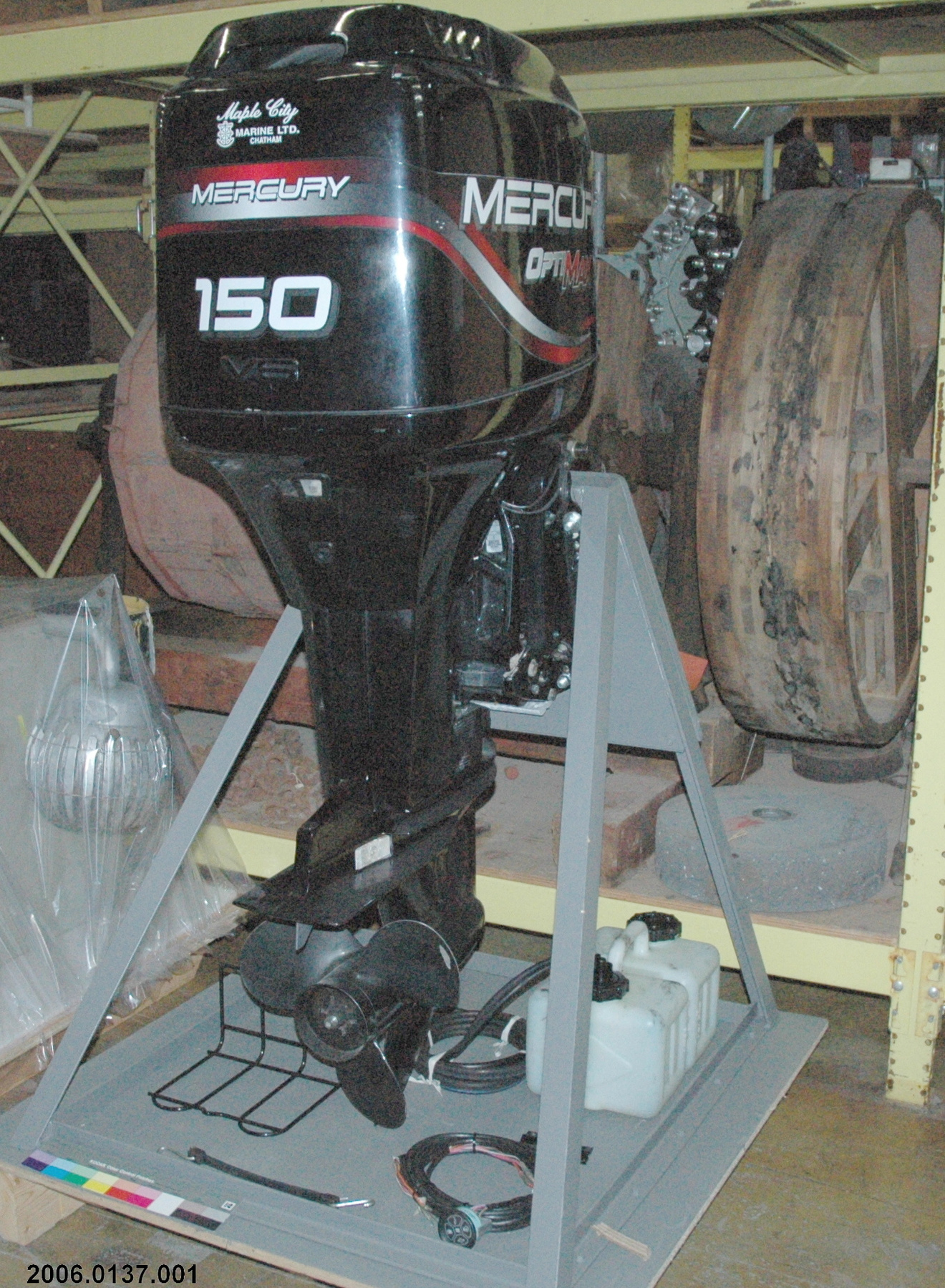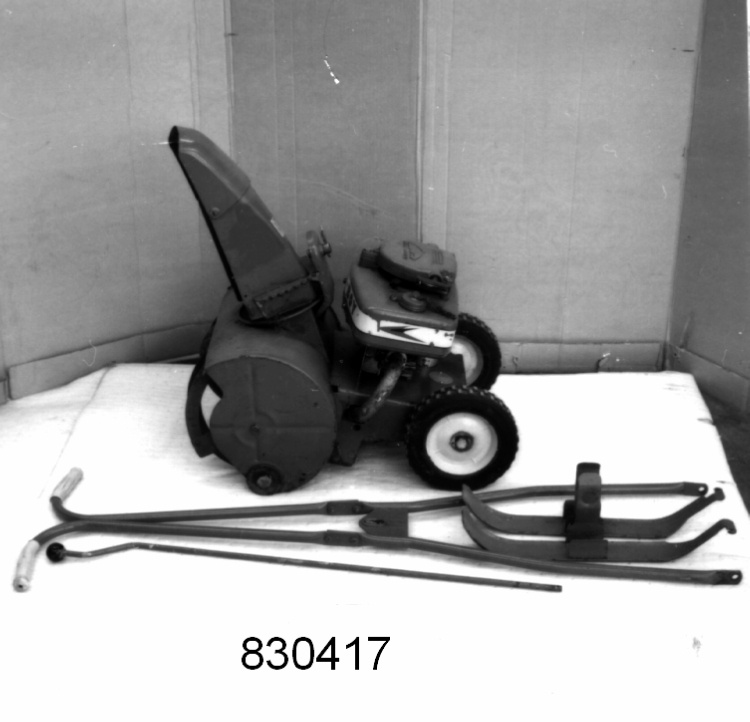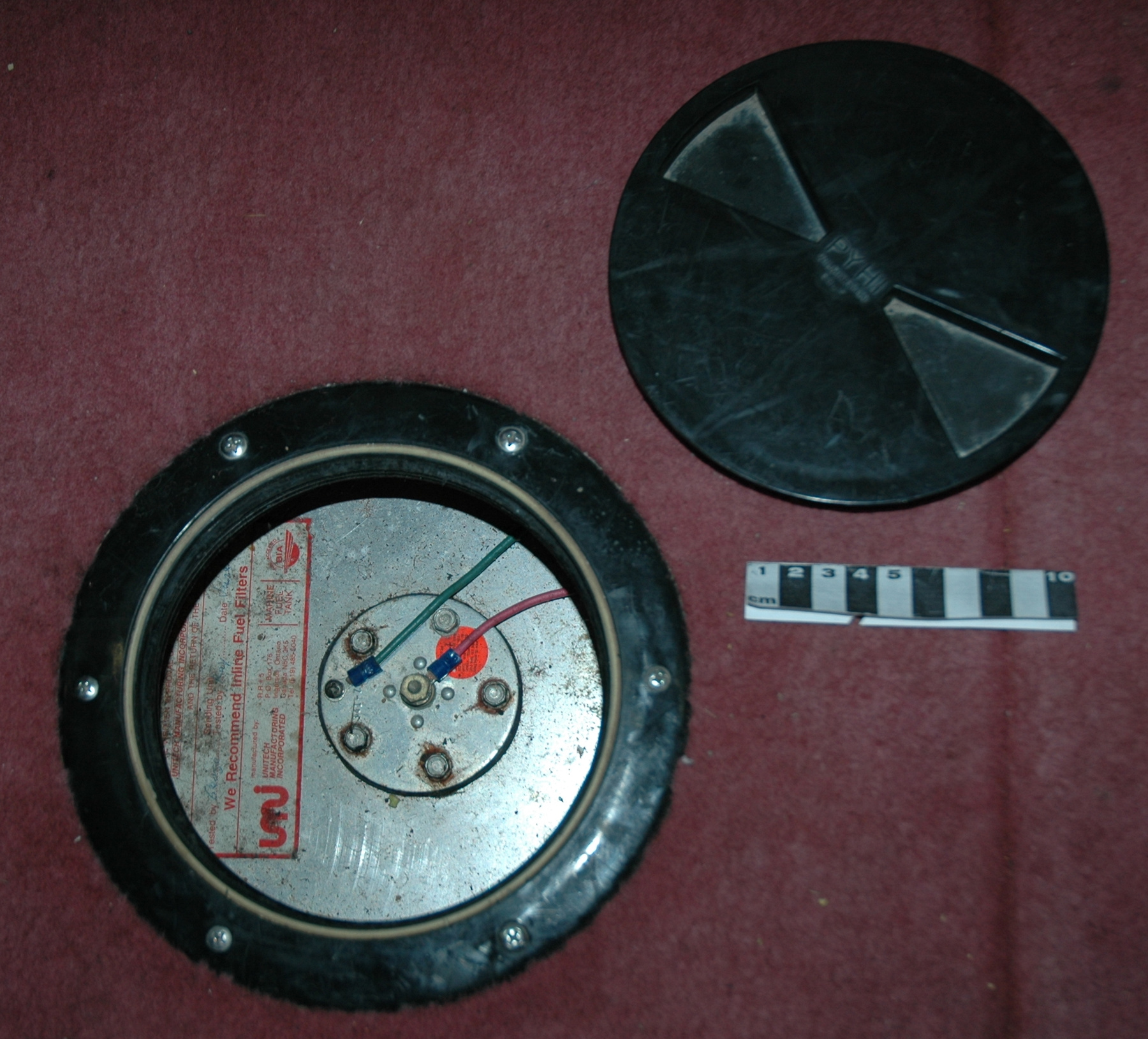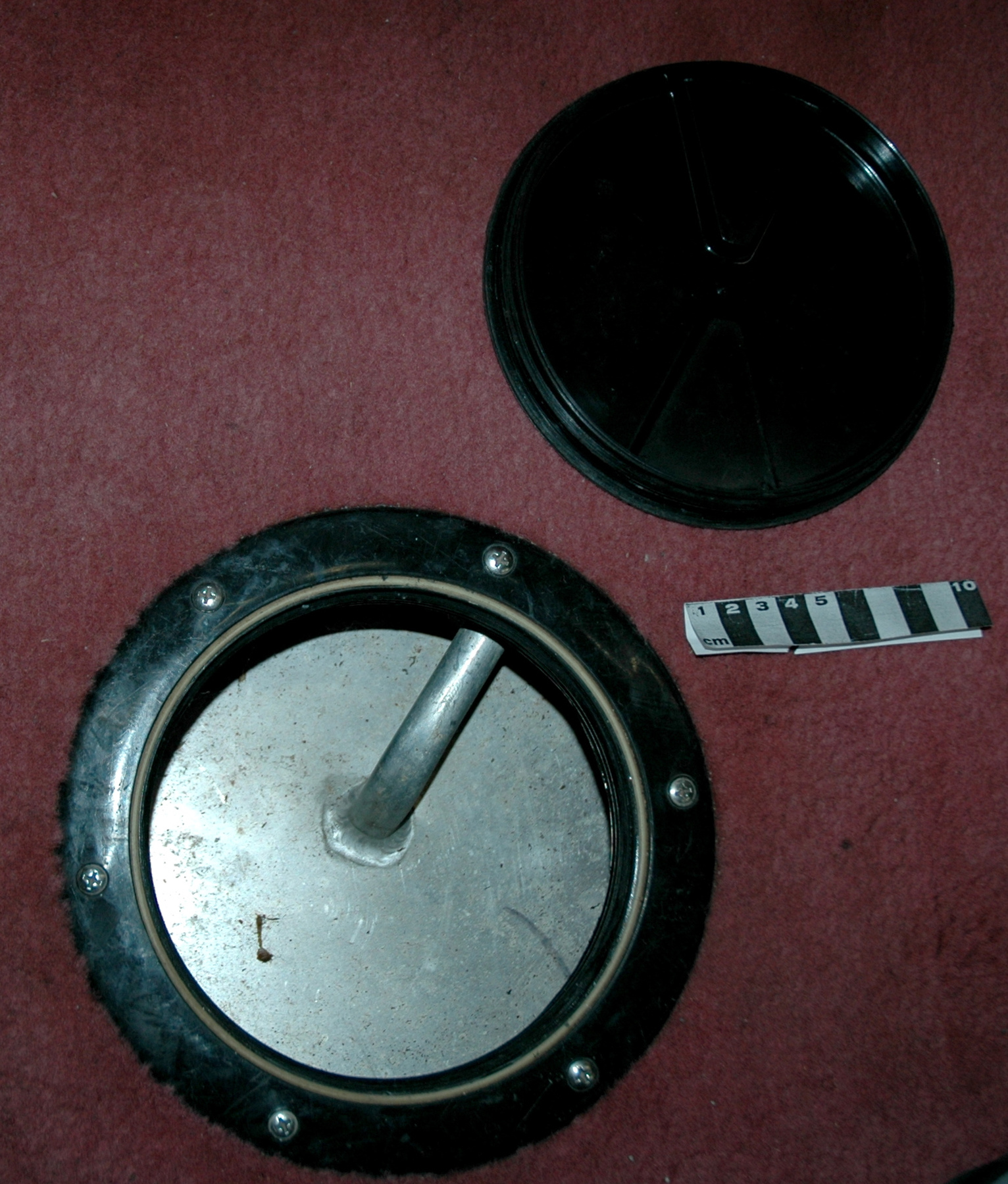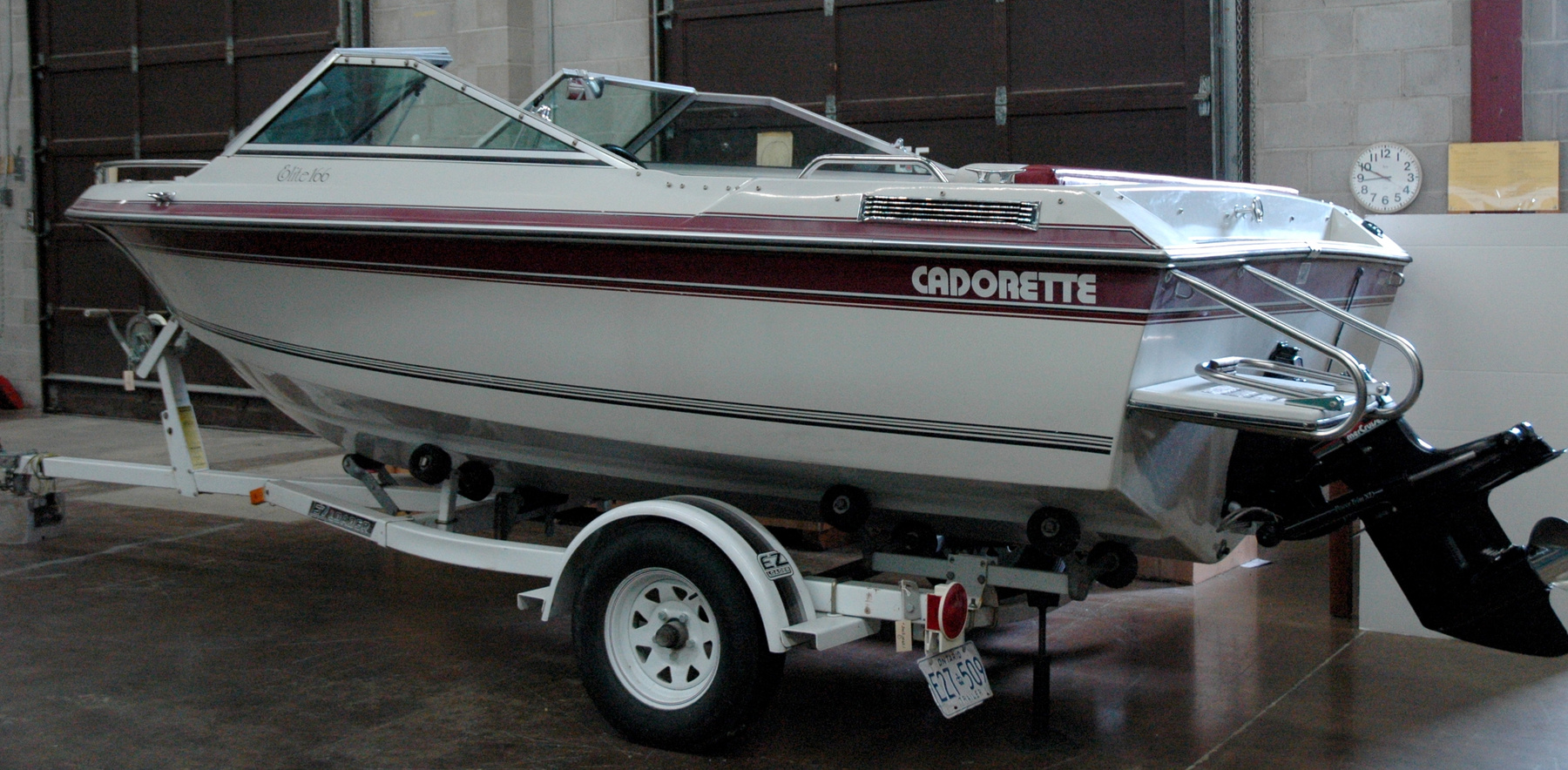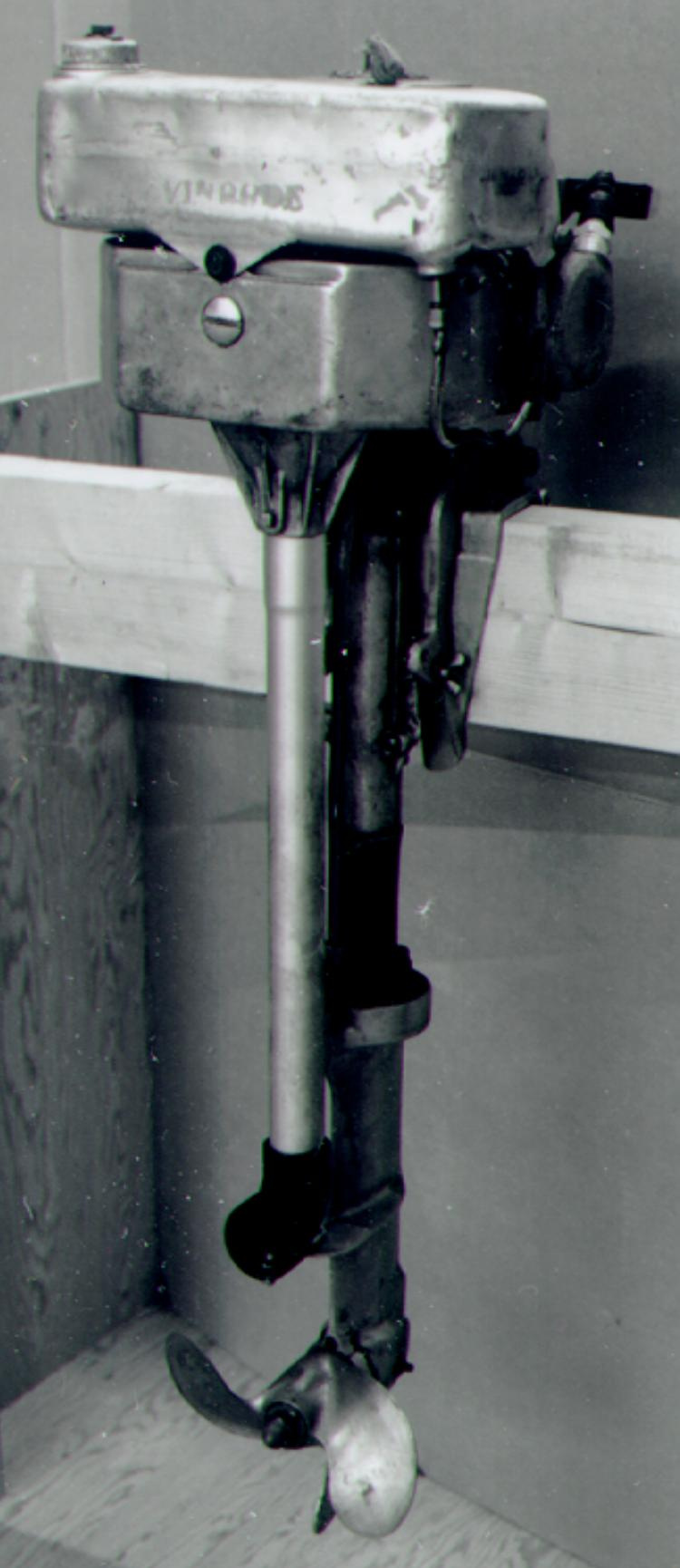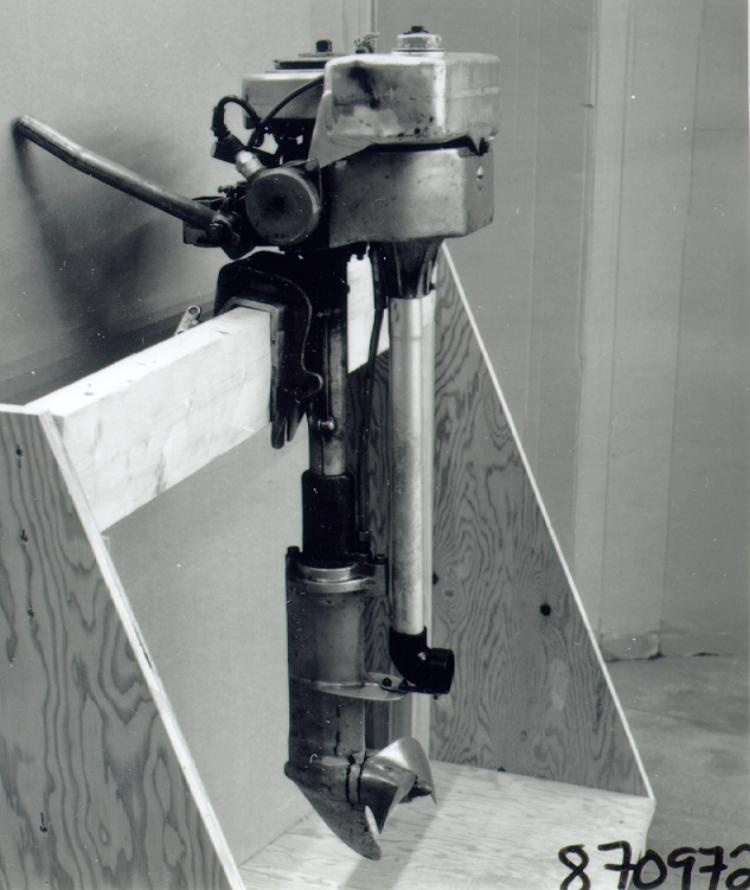Outboard motor
Use this image
Can I reuse this image without permission? Yes
Object images on the Ingenium Collection’s portal have the following Creative Commons license:
Copyright Ingenium / CC BY-NC-ND (Attribution-NonCommercial 4.0 International (CC BY-NC 4.0)
ATTRIBUTE THIS IMAGE
Ingenium,
1987.0972.001
Permalink:
Ingenium is releasing this image under the Creative Commons licensing framework, and encourages downloading and reuse for non-commercial purposes. Please acknowledge Ingenium and cite the artifact number.
DOWNLOAD IMAGEPURCHASE THIS IMAGE
This image is free for non-commercial use.
For commercial use, please consult our Reproduction Fees and contact us to purchase the image.
- OBJECT TYPE
- 2 CYL
- DATE
- 1930–1939
- ARTIFACT NUMBER
- 1987.0972.001
- MANUFACTURER
- Outboard Motors Corp.
- MODEL
- EVINRUDE LIGHTWIN
- LOCATION
- Milwaukee, Wisconsin, United States of America
More Information
General Information
- Serial #
- 4C 00119 (?)
- Part Number
- 1
- Total Parts
- 1
- AKA
- N/A
- Patents
- N/A
- General Description
- ALL METAL CONSTRUCTION/ BRASS PROPELLER/ METAL & RUBBER COMPONENT PARTS/ PLASTIC FITTING ON EXHAUST PORT (NOT ORIGINAL)/ FABRIC STARTER ROPE/ WOODEN TOGGLE-SHAPED PULL GRIP
Dimensions
Note: These reflect the general size for storage and are not necessarily representative of the object's true dimensions.
- Length
- 50.0 cm
- Width
- 28.0 cm
- Height
- 98.5 cm
- Thickness
- N/A
- Weight
- N/A
- Diameter
- N/A
- Volume
- N/A
Lexicon
- Group
- Marine Transportation
- Category
- Motive power
- Sub-Category
- N/A
Manufacturer
- AKA
- Outboard
- Country
- United States of America
- State/Province
- Wisconsin
- City
- Milwaukee
Context
- Country
- Unknown
- State/Province
- Unknown
- Period
- Unknown
- Canada
-
On May 8th, 1928, Canadian Johnson Motor Company Limited established its first location in Peterborough, Ontario. In 1935 Outboard Marine Corporation (OMC) bought the company. By the late 1950s, around 45% of Peterborough’s production was exported to New Zealand, Venezuela, Hong Kong, England, South Africa, Australia, Belgium, and Nassau. This was done by providing stable employment for over 1200 people at their facility. The company changed its name to Outboard, Marine & Manufacturing Co. (OMMC) (a subsidiary of Gale Products Inc.) Canada before it was dissolved in 1982. C.B. Clarence Neal played a significant role in the great success OMCC Canada until the plant’s closure in 1990, a whole eight years after the company had already been dissolved. Le 8 Mai, 1928 la compagnie nommée Canadian Johnson Motor Company Limited a établi une usine à Peterborough. En 1935 Outboard marine Corporation (OMC) a acheté la compagnie. La corporation filiale Gale Products Inc. à servi comme sa troisième division. Rendu à la fin des années 1950 presque 45 % de la production de l'usine à Peterborough était exporté à plusieurs endroits au monde. Plus de 1200 personnes travaillaient pour exporter des moteurs hors-bord à des pays comme la Nouvelle Zélande, l'Australie, l'Afrique du sud, l'Angleterre, le Venezuela, la Belgique, le Hong Kong et aussi le Nassau. C.B. Clarence Neal était l'acteur principal du succès accumulé par OMMC Canada jusqu'à la fermeture de l'usine en 1990. - Function
-
This artifact functions as a small internal combustion 2-cylinder 4 Horsepower engine. This artifact can be attached to the stern of a small boat. Cet artefact est conçu pour être attaché à la poupe d'un petit bateau. L'objet est un moteur à combustible qui a deux cylindres et une Puissance de quatre. - Technical
-
Evinrude’s prototype motor had some key features that have been replicated in almost every outboard motor since; the engine was mounted on a bracket that could be clamped to the back of a boat, allowing it to swivel and provide steering. In outboard engines, fuel and air are burned in a closed space, known as the cylinder; this burning process generates hot gasses that try to expand. The only way for the hot gasses to expand is by pushing the piston downward; the piston is connected to a rod, which is linked to the crankshaft. The crankshaft converts the piston’s downward motion into a rotating motion of the shaft. Two-stroke engines are known for their simplicity and affordability. They are lightweight and compact, but oil is mixed with the fuel to lubricate the internal parts and during the combustion process. Some of the fuel mixture from that process escapes with the exhaust, resulting in wasted fuel making them less fuel-efficient and also noisier as well as posing risks in the form of water pollution. Evinrude’s prototype motor had some key features that have been replicated in almost every outboard motor since; the engine was mounted on a bracket that could be clamped to the back of a boat, allowing it to swivel and provide steering. Le prototype de Evinrude avait des options révolutionnaires sur leurs moteurs qui sont devenus une nécessité avec les moteurs aujourd'hui. L'option d'avoir un moteur qui pouvait être monté sur un support et attacher au bout d'un bateau est maintenant synonyme avec le transport marin. Le concept d'avoir un moteur monté permet une amélioration au système de direction et la capacité de pivoter. Des moteurs hors-bord brule du carburant avec de l'air dans un cylindre. Ce processus va générer des gazes réchauffées qui essayent d'agrandir. La seule façon pour l'expansion des gazes dans un environnement restreinte est de pousser le piston vers le bas. Ce piston est connecté à une tige qui est liée à un arbre moteur. L'arbre moteur converti la mobilité descendante du piston a une motion de rotation. Les moteurs à deux temps sont connus pour leur simplicité et leur faible prix. Y sont légers et compactes mais l'huile est mélangée avec le carburant pour lubrifier les composantes à l'interne du moteur. Ceci fait en sorte que le mélange va s'échapper pendant le processus de combustion et les rendre moins efficace et plus bruyant en plus de polluer nos eaux. Le moteur prototype créé par Evinrude avait des fonctions essentielles qui ont été imitées dans quasiment chaque moteur hors-bord depuis sa conception. Le plus notable de ces caractéristiques était l'idée de monter le moteur sur le dos d'un bateau avec un support pour permettre au moteur de pivoter et améliorer la navigation du bateau. - Area Notes
-
Unknown
Details
- Markings
- 'OUTBOARD/ MOTORS CORP./ Made in/ Milwaukee, Wis./ U.S.A./ [CREST LOGO INCORPORATING TEXT] 'OUTBOARD MOTORS CORPORATION'/ DECALS ON FUEL TANK ARE ALMOST COMPLETELY ABSENT: 'EVINRUDE' IS DISCERNABLE ON FRONT & 'LIGHTWIN' APPEARS VERY FAINTLY ON BOTH SIDE PANELS/ SN (?) '4C 00119' INCISED ON SIDE OF SWIVEL BRACKET/ '100026'INCISED IN UPPER SECTION OF VERTICAL SHAFT/ 'TILLOTSON/ U.S.A./ TOLEDO OHIO' APPEARS IN RAISED PRINT ON COMPONENT/ PART NUMBERS APPEAR IN RAISED PRINT ON SELECTED COMPONENTS.
- Missing
- COVER FROM COMPONENT PART NEAR STEERING ARM MISSING/ EXHAUST PORT FITTING IS NOT ORIGINAL (IS ABS PLUMBING FITTING)/ NO GRIP ON THROTTLE ARM
- Finish
- BRUSHED SILVER-COLOUR ALL METAL EXTERIOR/ BRASS PROPELLER/ PULL GRIP ON STARTER ROPE IS PAINTED RED.
- Decoration
- N/A
CITE THIS OBJECT
If you choose to share our information about this collection object, please cite:
Outboard Motors Corp., Outboard motor, between 1930–1939, Artifact no. 1987.0972, Ingenium – Canada’s Museums of Science and Innovation, http://collection.ingeniumcanada.org/en/id/1987.0972.001/
FEEDBACK
Submit a question or comment about this artifact.
More Like This
